Tasmania
In December, I took the opportunity of having a few days spare in between scholarship experiences to visit my fellow Rolex Scholar from Australasia, Joanna, in her home: Tasmania.
World-renowned for the diversity of Wildlife animals living there, I was very enthused about visiting the Bonorong Wildlife Sanctuary, who rescue and rehabilitate native Marsupials, Mammals, Birds and Reptiles alike.
And of course, Joanna and I couldn´t wait to go for our first ever dive together! Joanna introduced me to the beautiful temperate Underwater World of Tasmania at Eaglehawk Neck on the Peninsula of the Tasman National Park. On our first dive together, we dove the colourful Sponge Gardens at “The Thumbs”, and on the second dive we explored the stunning underwater arches and caverns of “The Cathedral”.
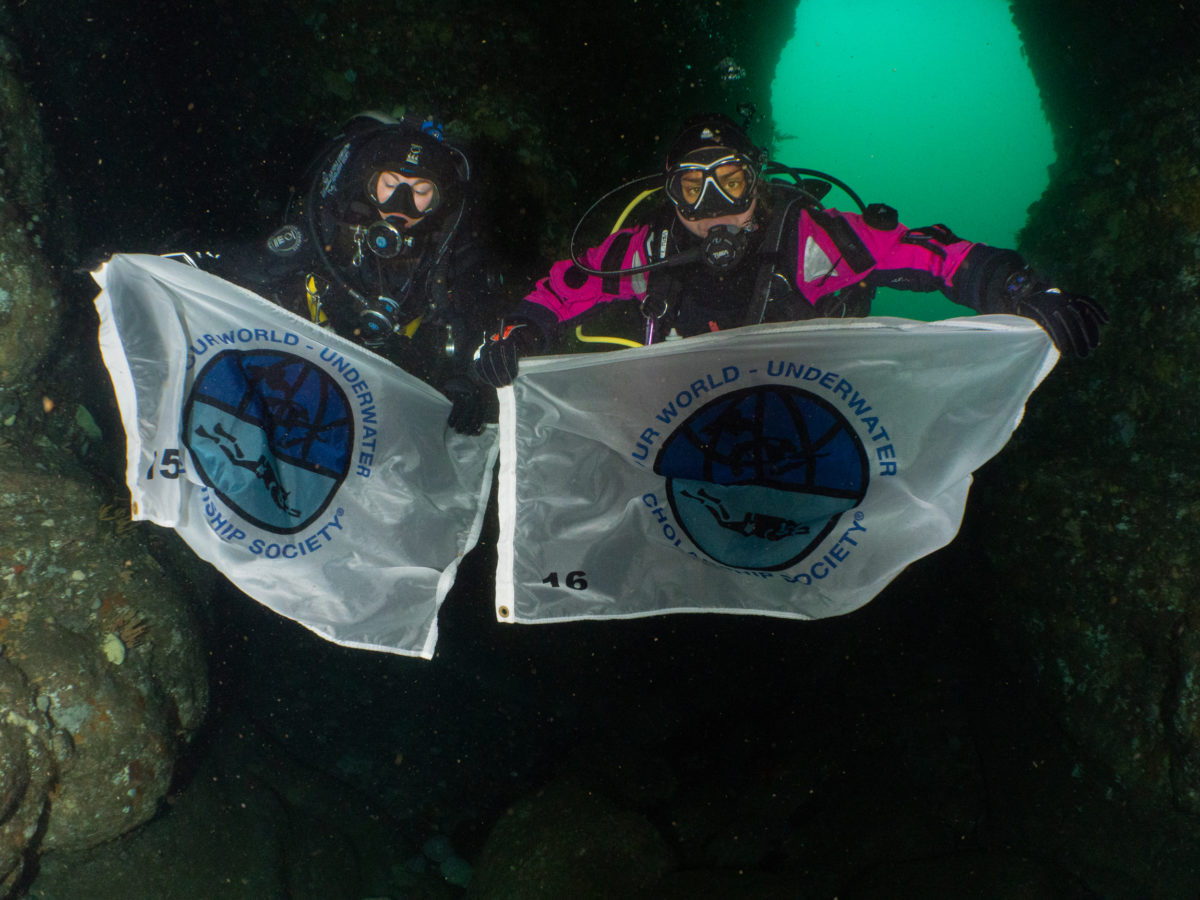
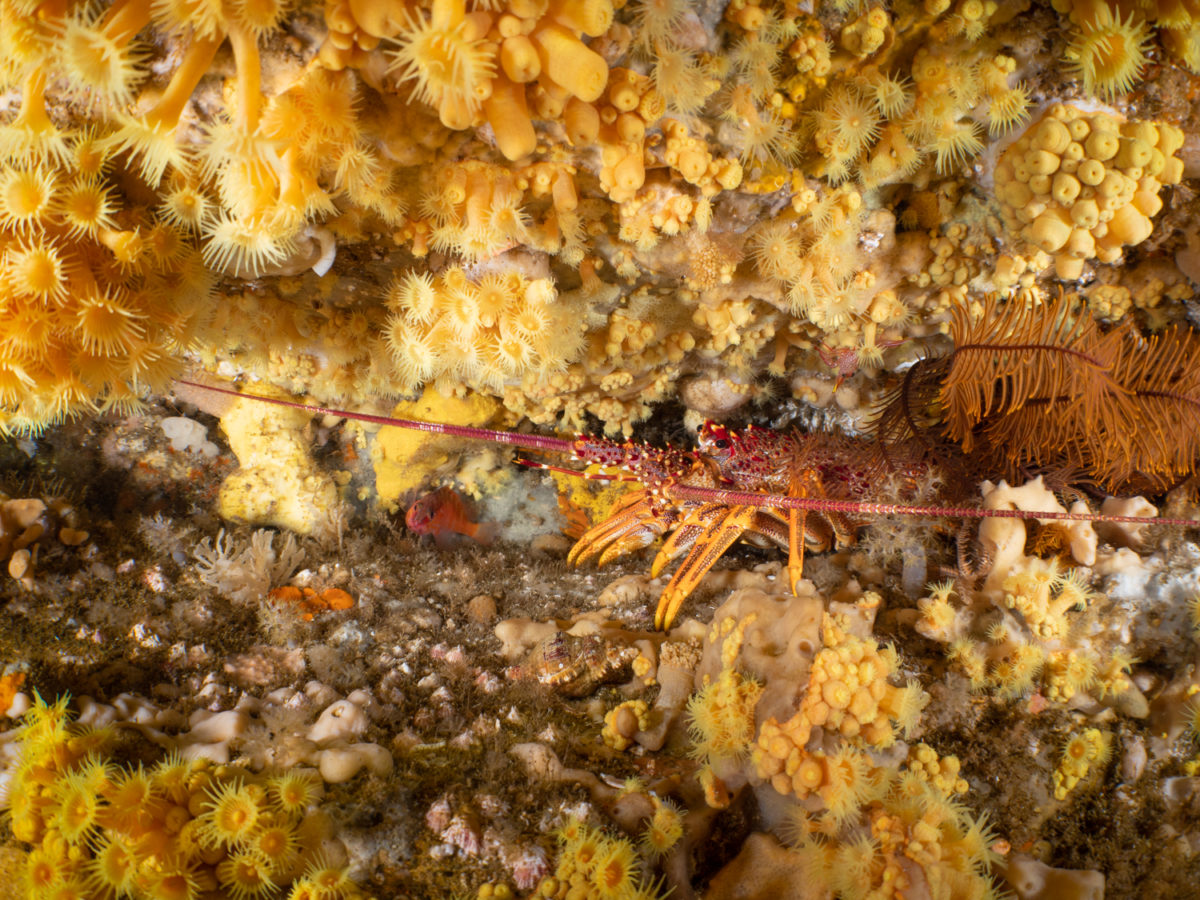
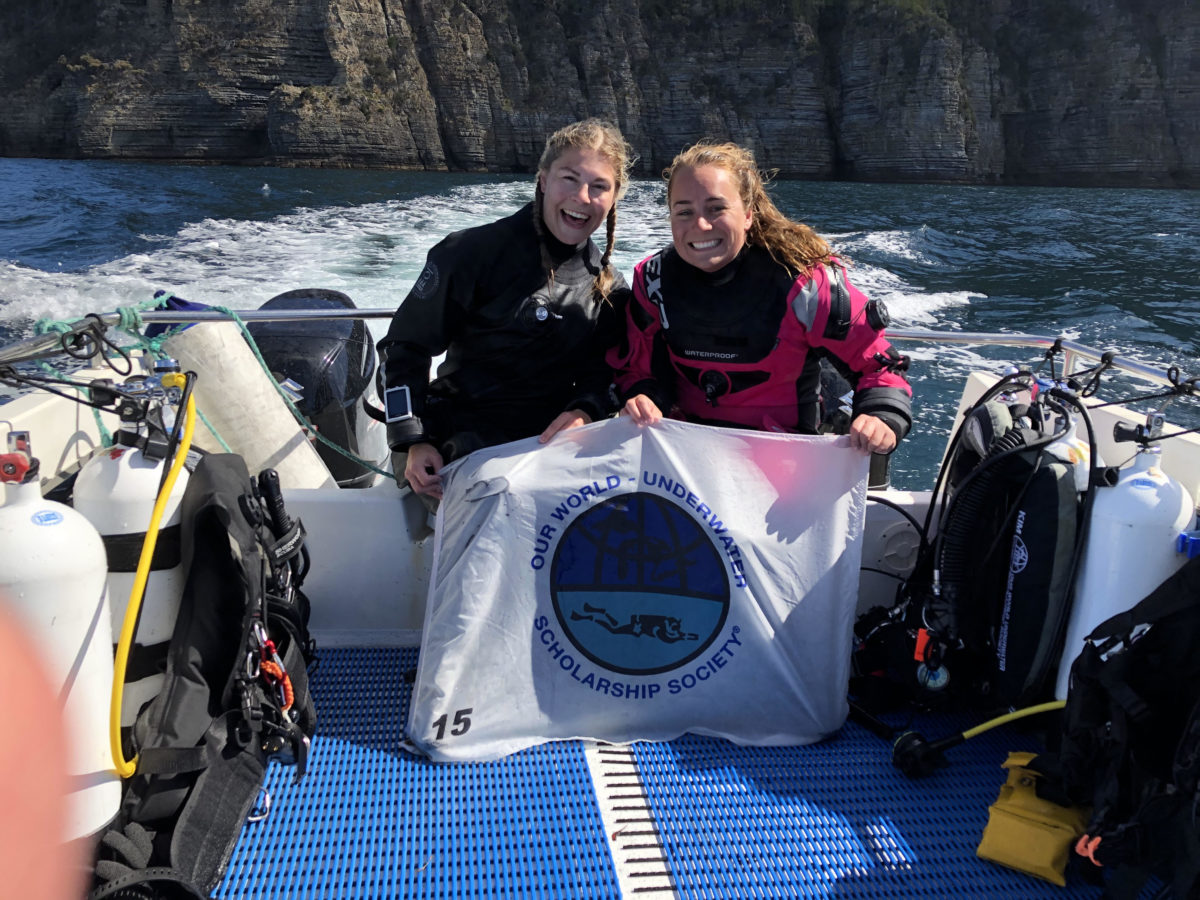

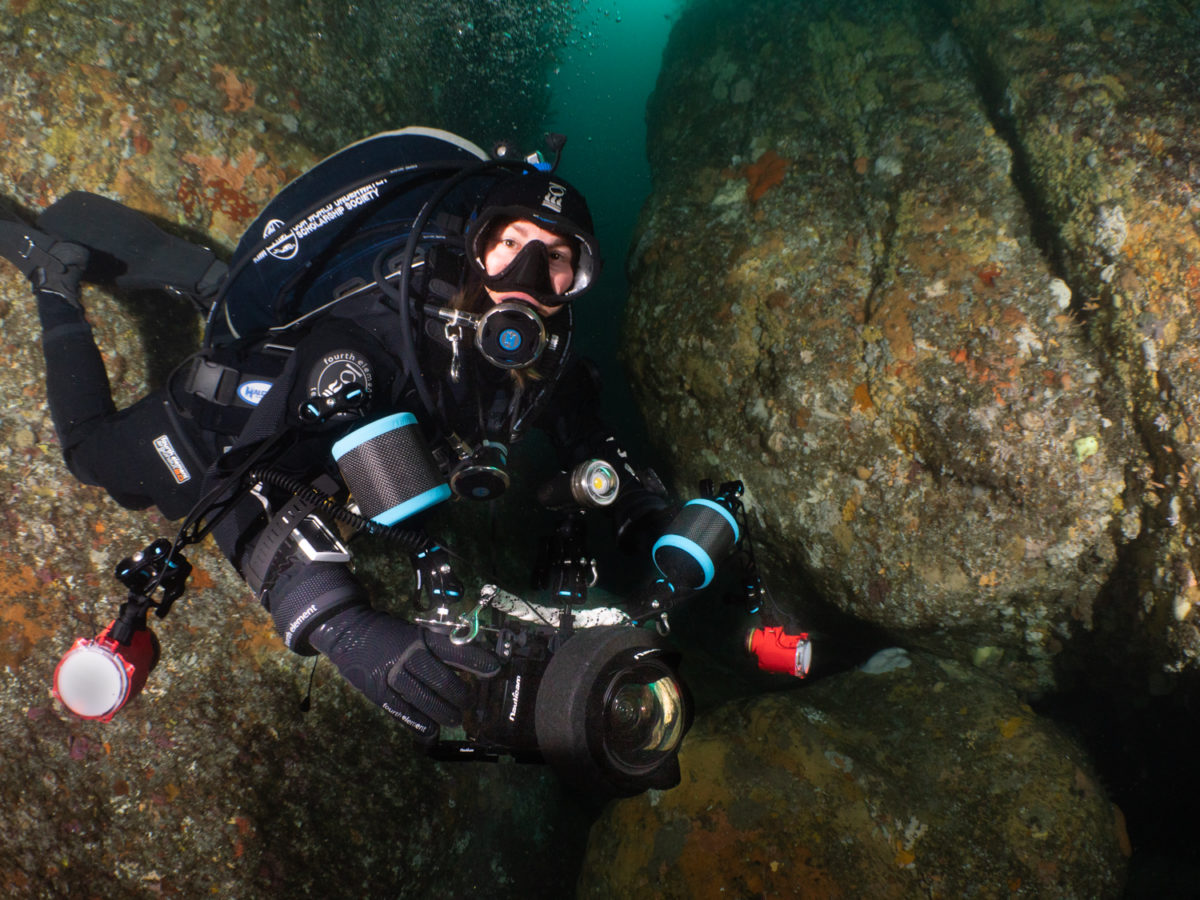
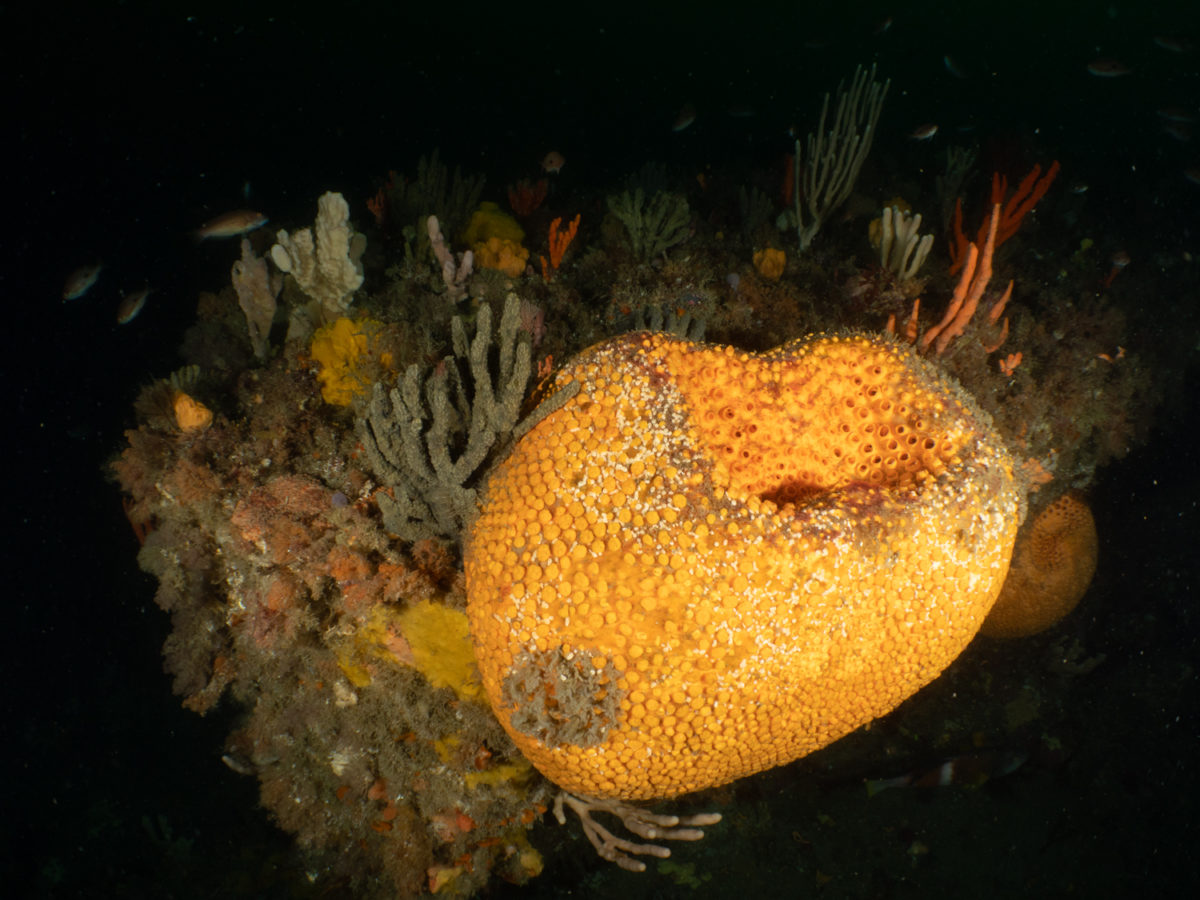
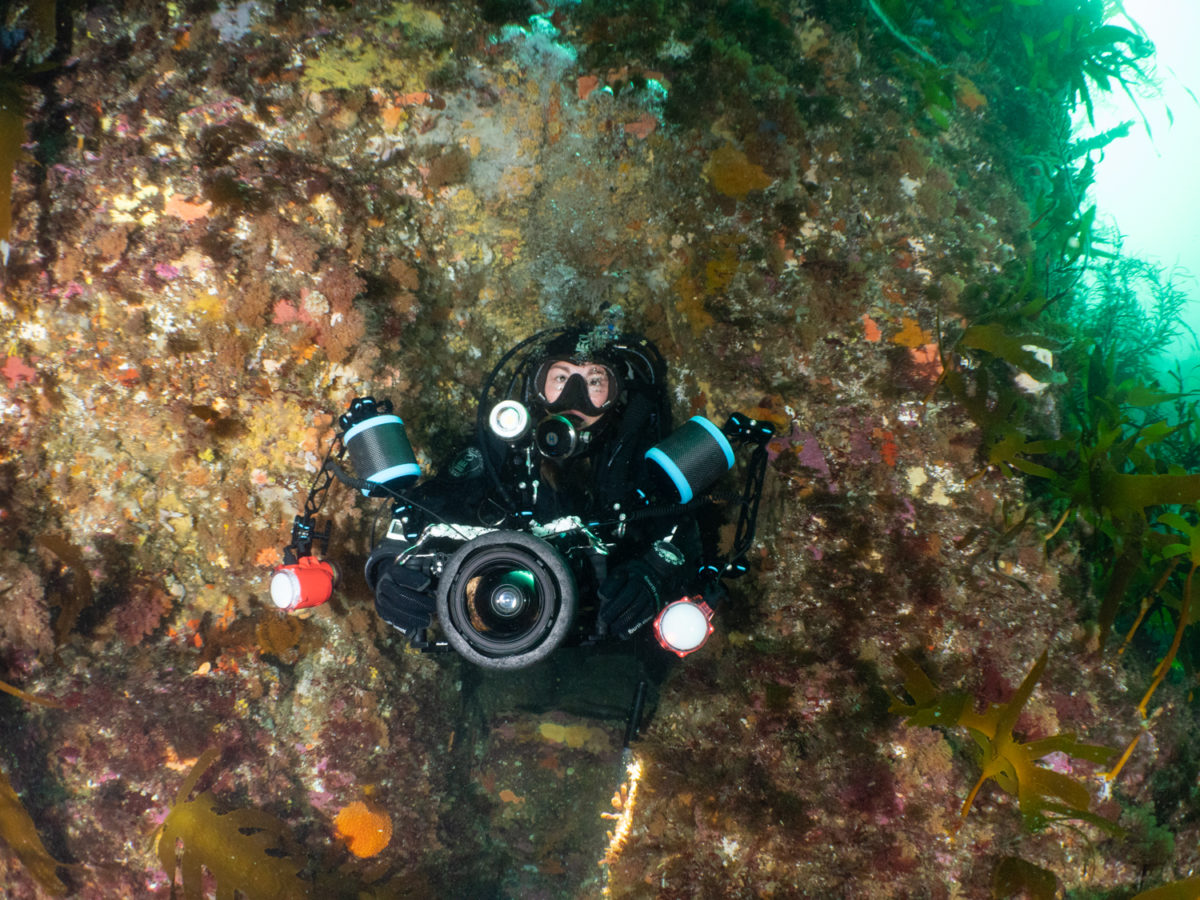
Rodney Fox Great White Shark Expeditions
From Tasmania, I then flew to Port Lincoln, from where I departed to the Neptune Islands onboard Rodney Fox Shark Expeditions. Here, I was invited to learn about responsible and safe Great White Shark Diving from RFSE as one of the world´s leaders in this field.
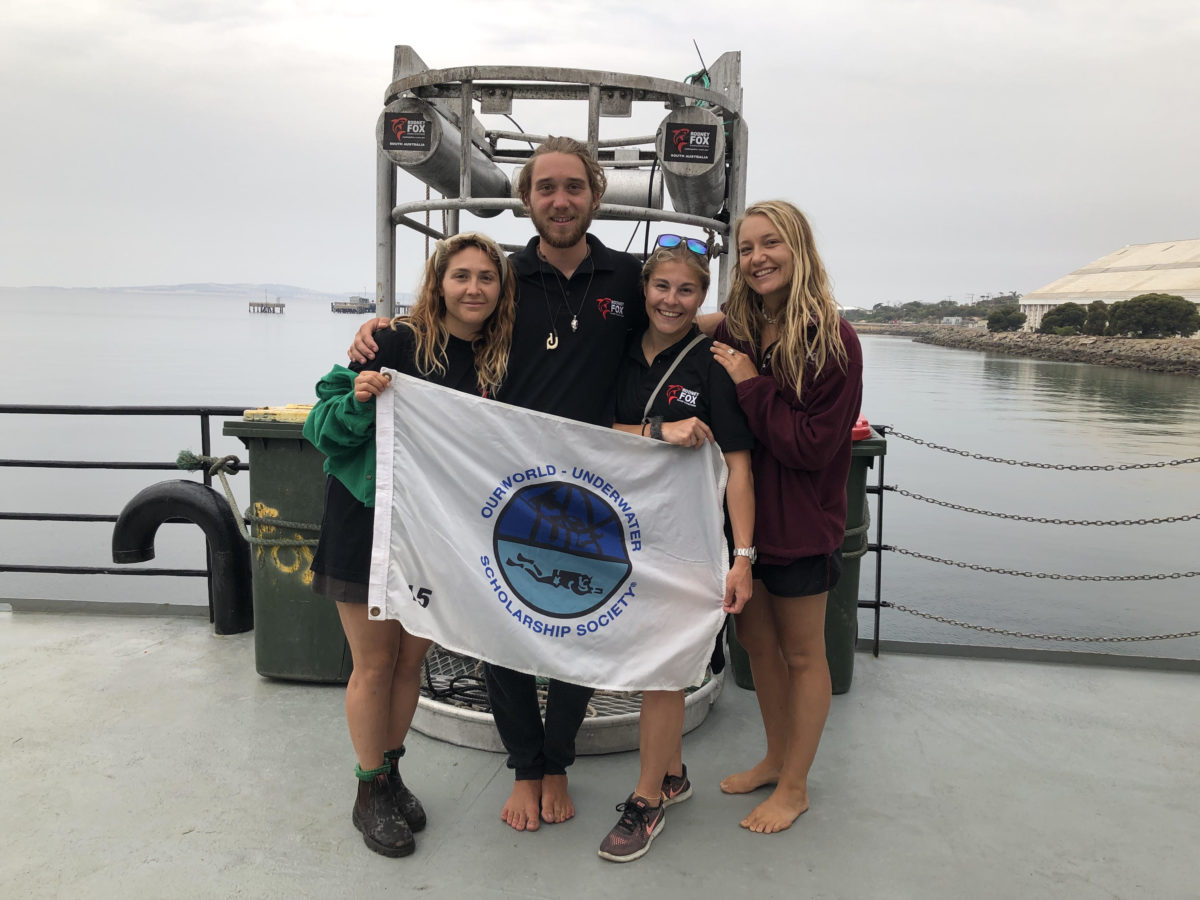
Having never seen a Great White Shark before, it was an incredibly magnificent moment when the first Shark manifested itself out of the Blue of the South Australian Ocean. Peacefully and gracefully, the 3,5 m long shark glit through the water, and appeared and disappeared several times throughout this dive. And because RFSE has thoroughly been documenting every sighting for many years, we were able to identify this shark as “Flat White”. Flat White then graced us with her presence many times more in the following days, both on the surface and while on dives in the bottom cage. What a special experience it was!
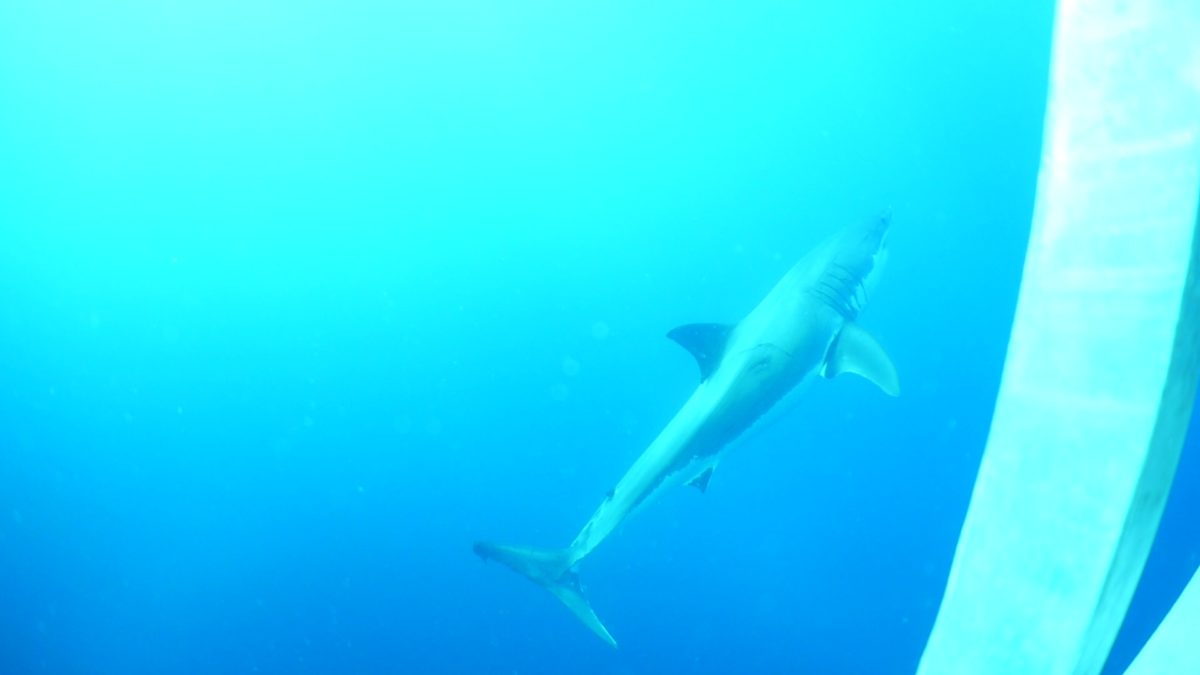
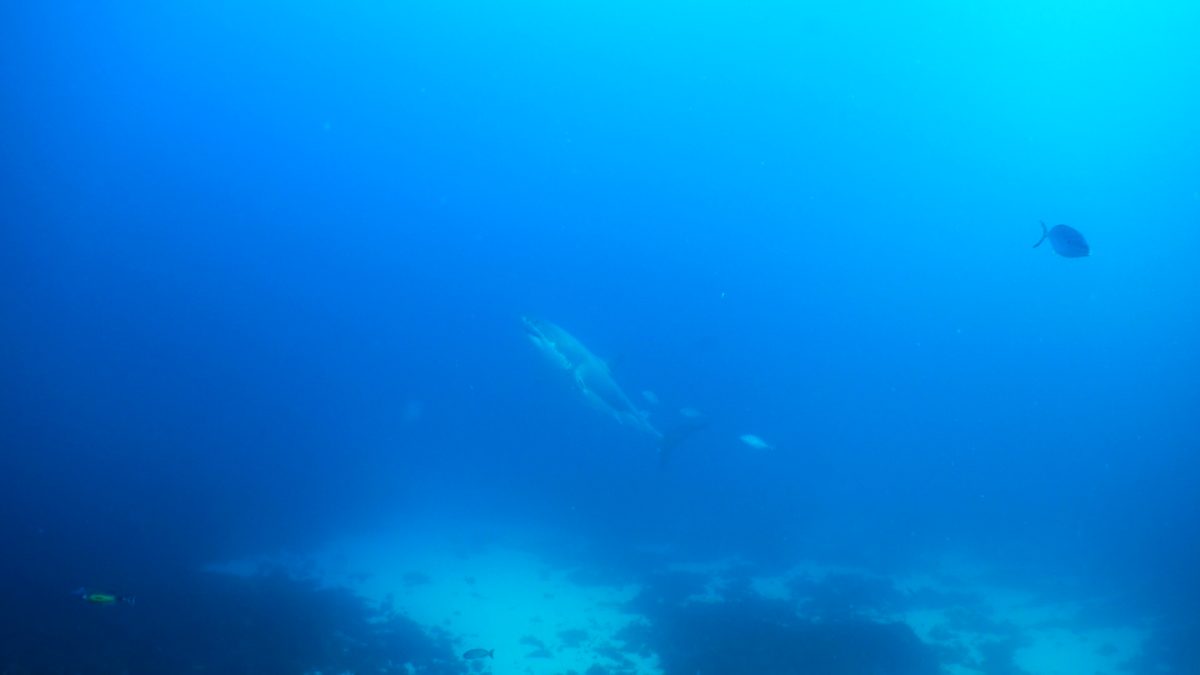
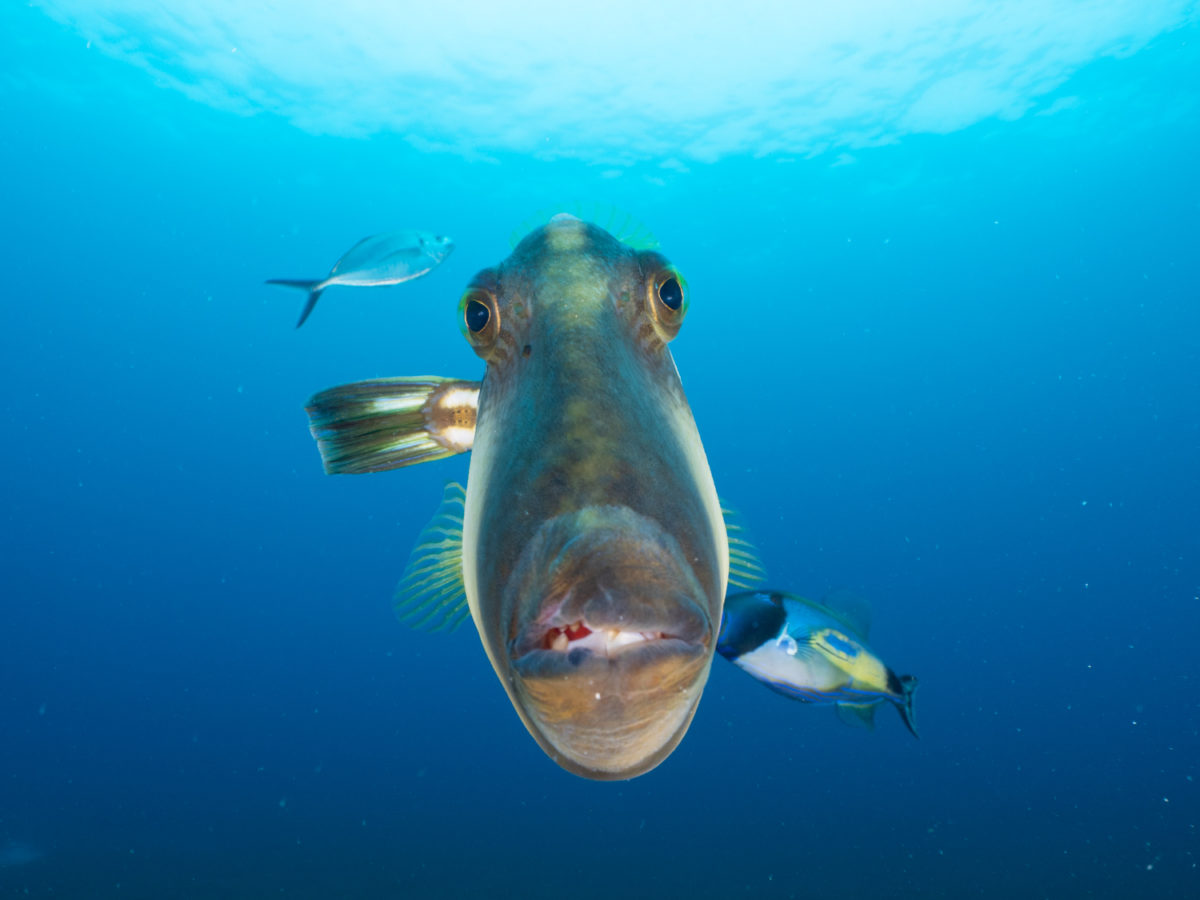
On the sea-journey towards the Neptune Islands we also had the opportunity to stop at a colony of Australian Sea Lions, who we were able to swim and interact with. These “puppies of the sea”, as they are called by many, really lived up to their names, zooming around us, eyeing at us and even jumping joyfully out of the water right in front of us. These playful encounters felt even more special to me because I had seen the misfortunes of so many Pinnipeds in the Rescue and Rehabilitation facilities which I have been able to work with throughout my scholarship year. Their ever-curious behaviour really shows how intelligent and precious Marine Mammals are.

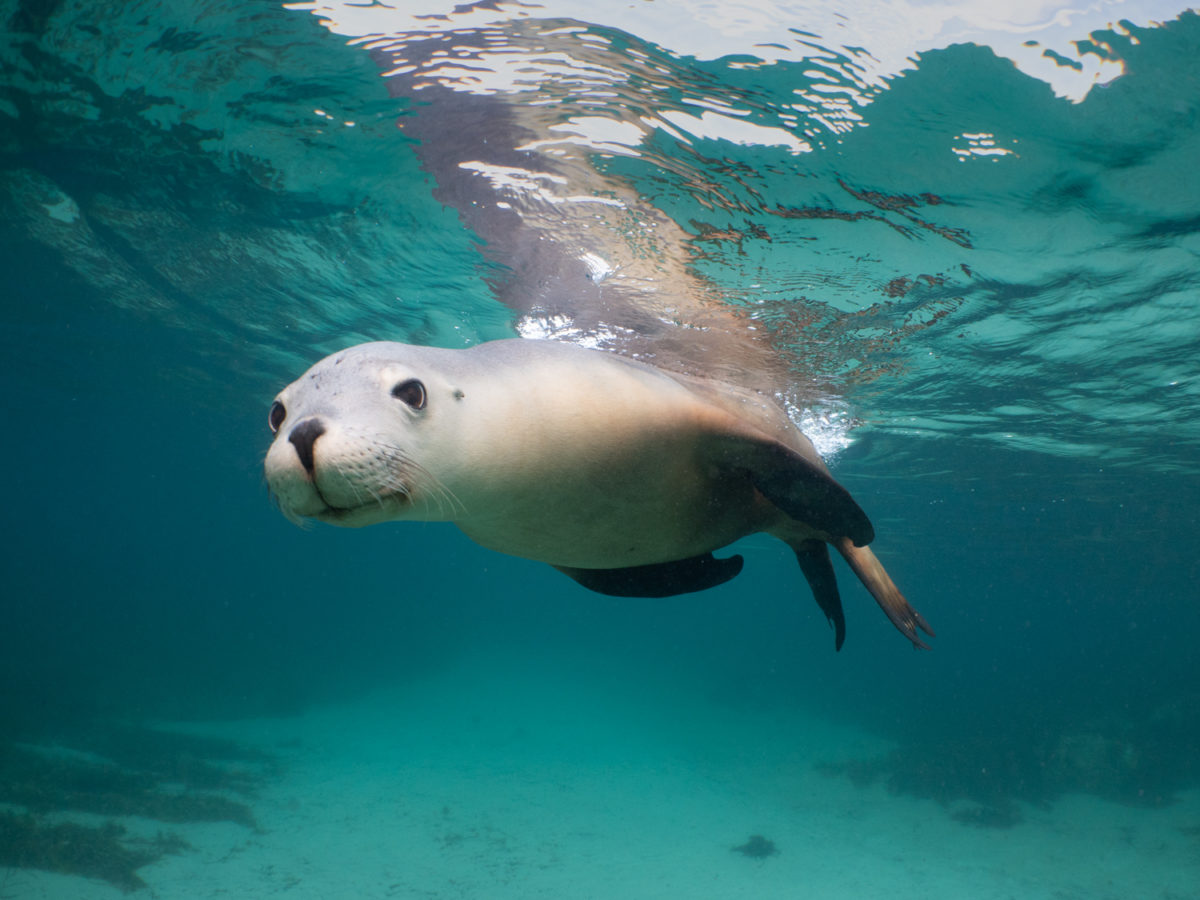
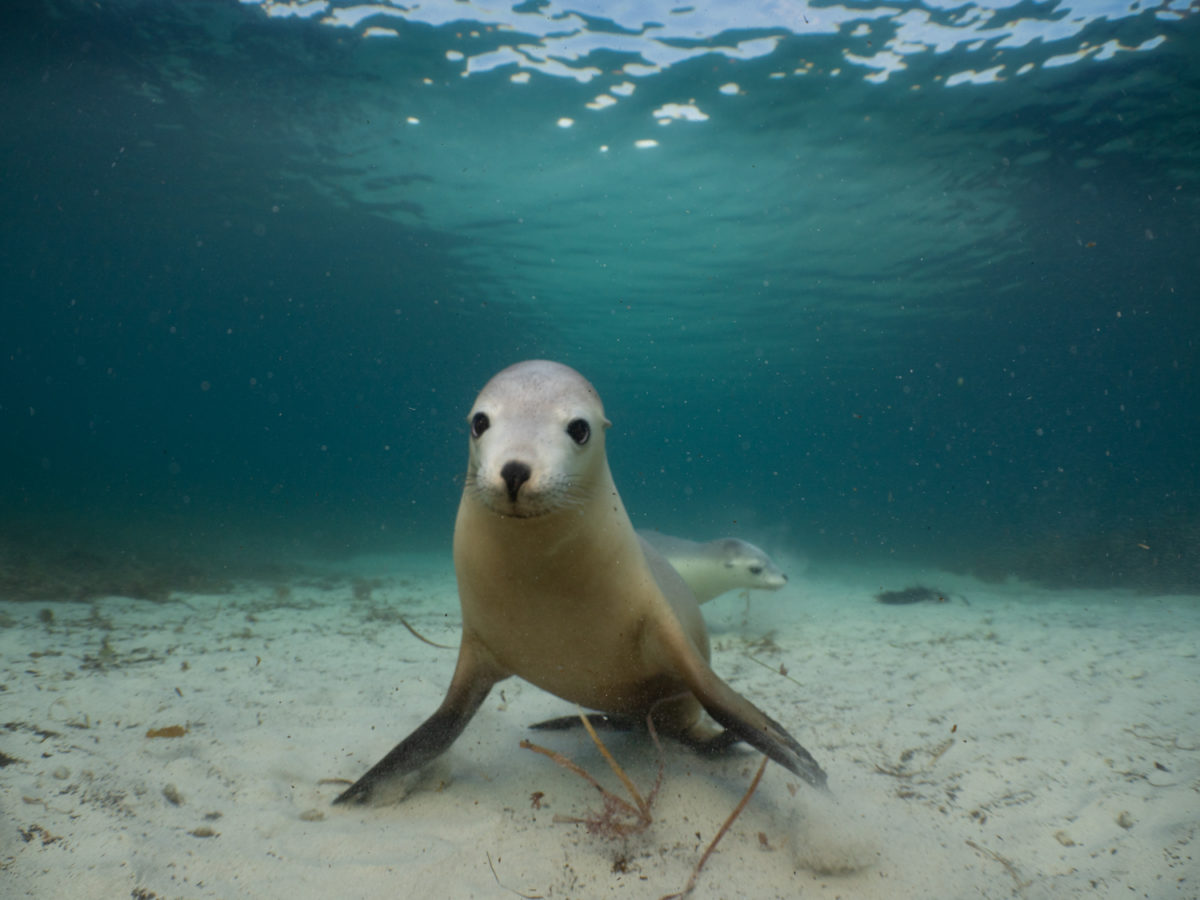
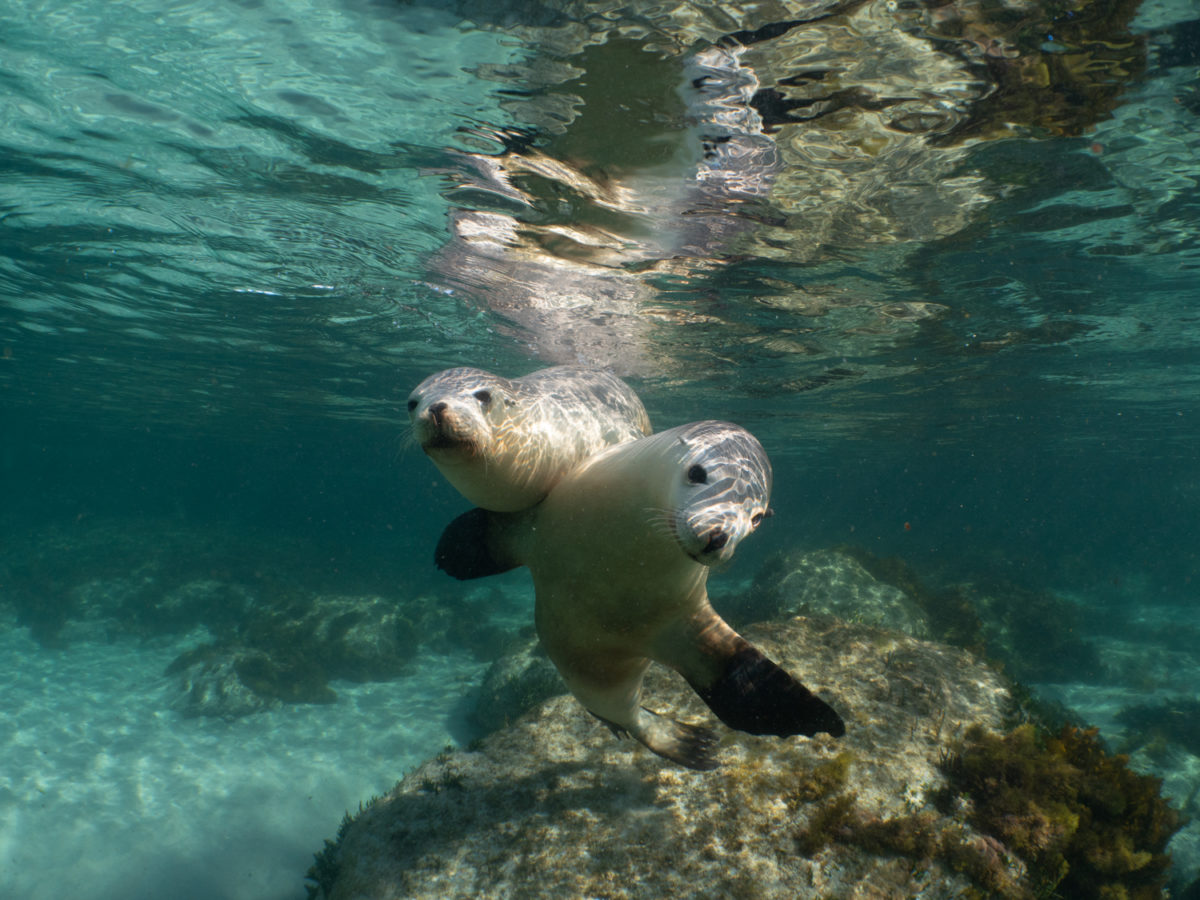
New Zealand
Just before Christmas, I then returned to where the roots of my passion for the ocean and Scuba Diving had grown: New Zealand. I had planned to spend the Christmas Holidays with my hostfamily from almost 7 year ago, which was when I had spent a year abroad at the Mercury Bay Area School in Whitianga on New Zealand´s North Island.
In 2013 it was that I got my Padi Open Water, Advanced, and Rescue Diver certifications in a remarkable School Programm, a collaboration between the MBAS and the local Dive Shop, Dive Zone Whitianga, called the “Marine Academy”. This programme allows young High School students to get Scuba certified and by doing so, introduces them to and teaches them about the local marine environment. I can´t thank my hostfamily, the MBAS and Dive Zone enough for planting the precious fascination for the ocean environment inside me back then!
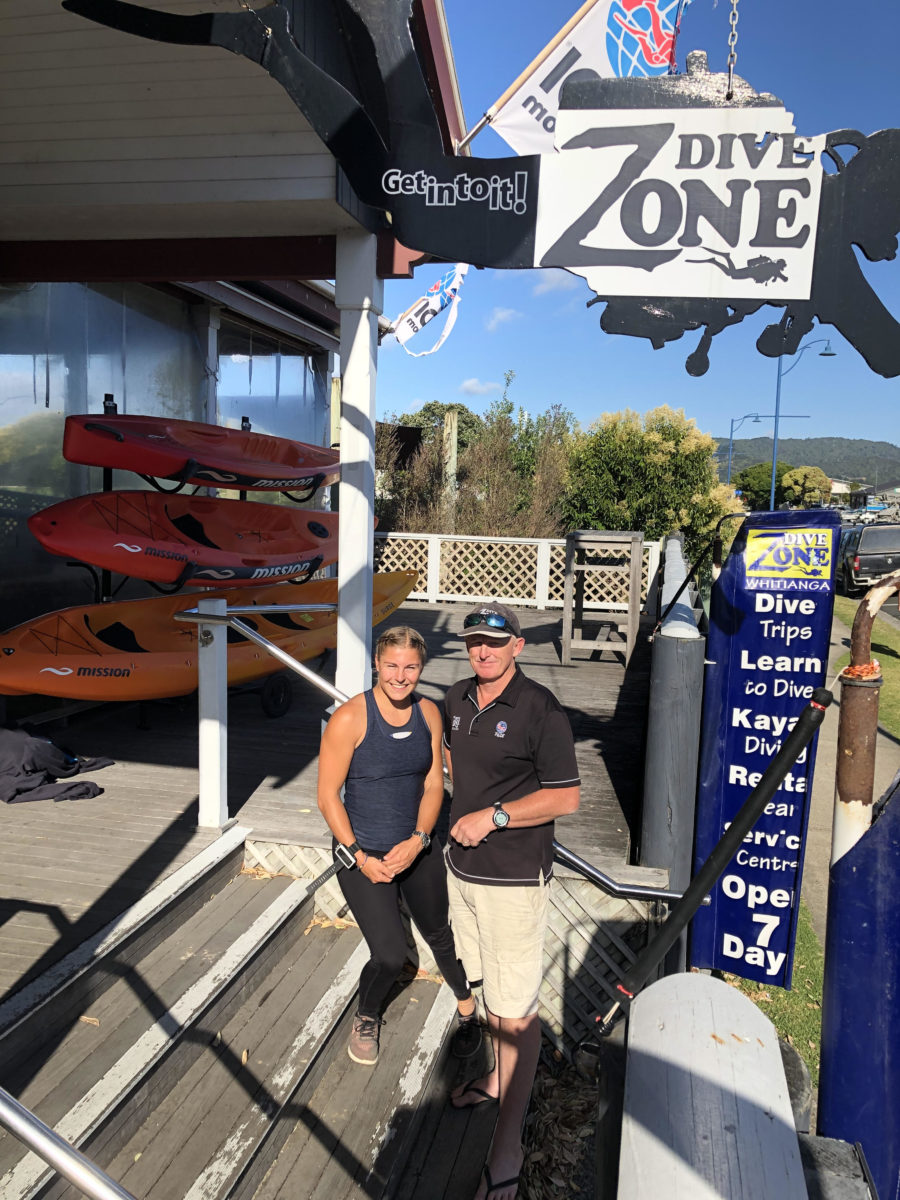
So, when I spontaneously popped in to the shop of Dive Zone Whitianga, through which the Marine Academy is still running, to say “Hi”, they invited me to come for some dives the next day! It was so good to be back in New Zealand´s waters. I also went out with my hostfamily on their boat for another dive day in the Te-Whanganui-a-Hei Marine Reserve, in which the abundance of Snappers was just mindblowing, mirroring the effectiveness of the Reserve.
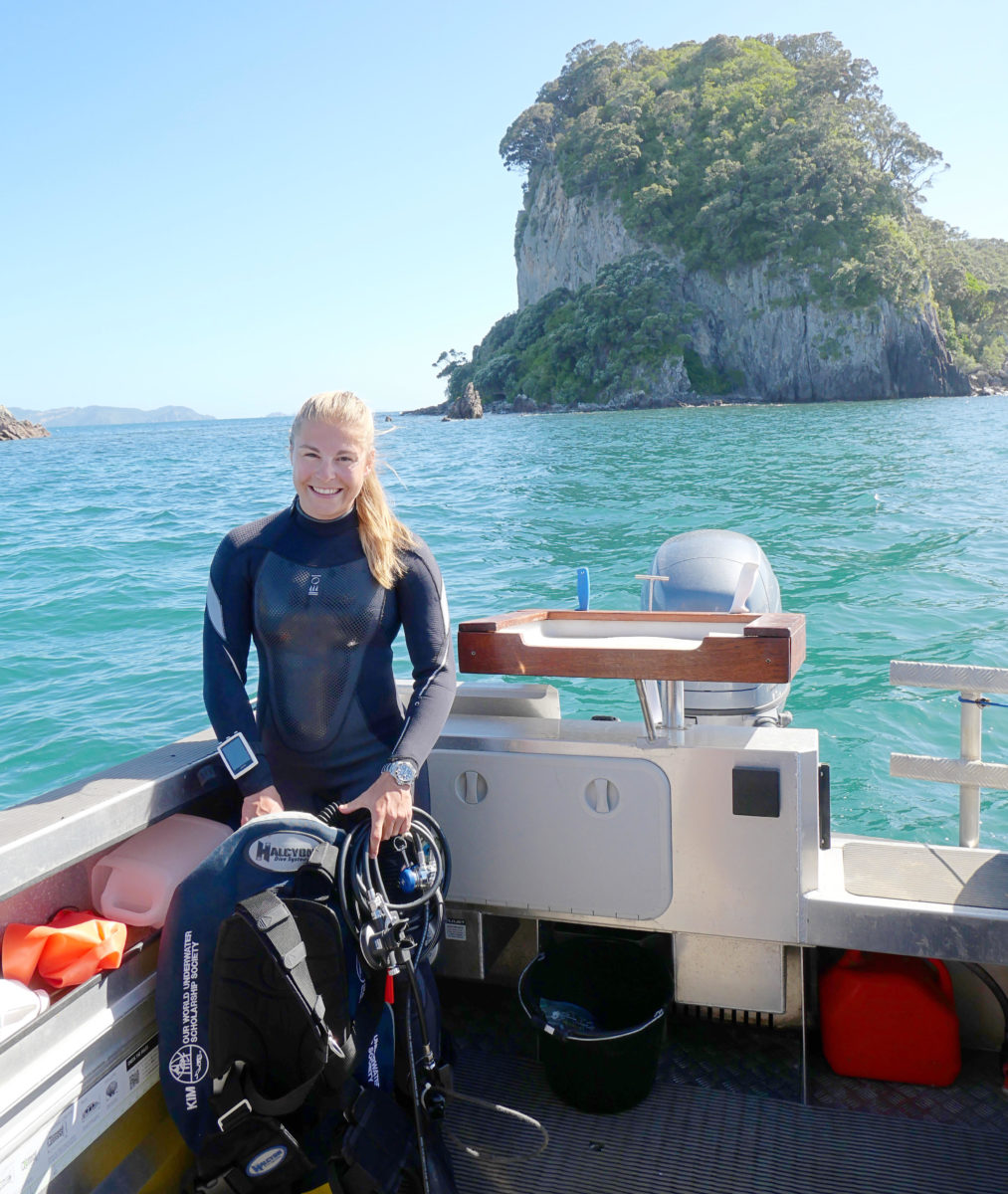
Diving in Doubles with Dive Tutukaka
I then travelled further north to Tutukaka, where I wanted to gain more experience diving in Twinsets with the generous support of Jamie and Mel Obern from Techdive New Zealand. Dive! Tutukaka invited me on their boats for a few days, to show me the stunning diving around the Poor Knights Islands, who have been rated as 1 of the Top 10 divesites of the world by Jacques Cousteau. And I could not disagree at all! Bursting with colours and diversity of life, with their impressive Underwater Archways and Caves, these Islands mesmerised me immediately. Nudibranchs, Stingrays, Schools of Blue and Pink Mao Mao and Kingfish – so much to see and take photos of!
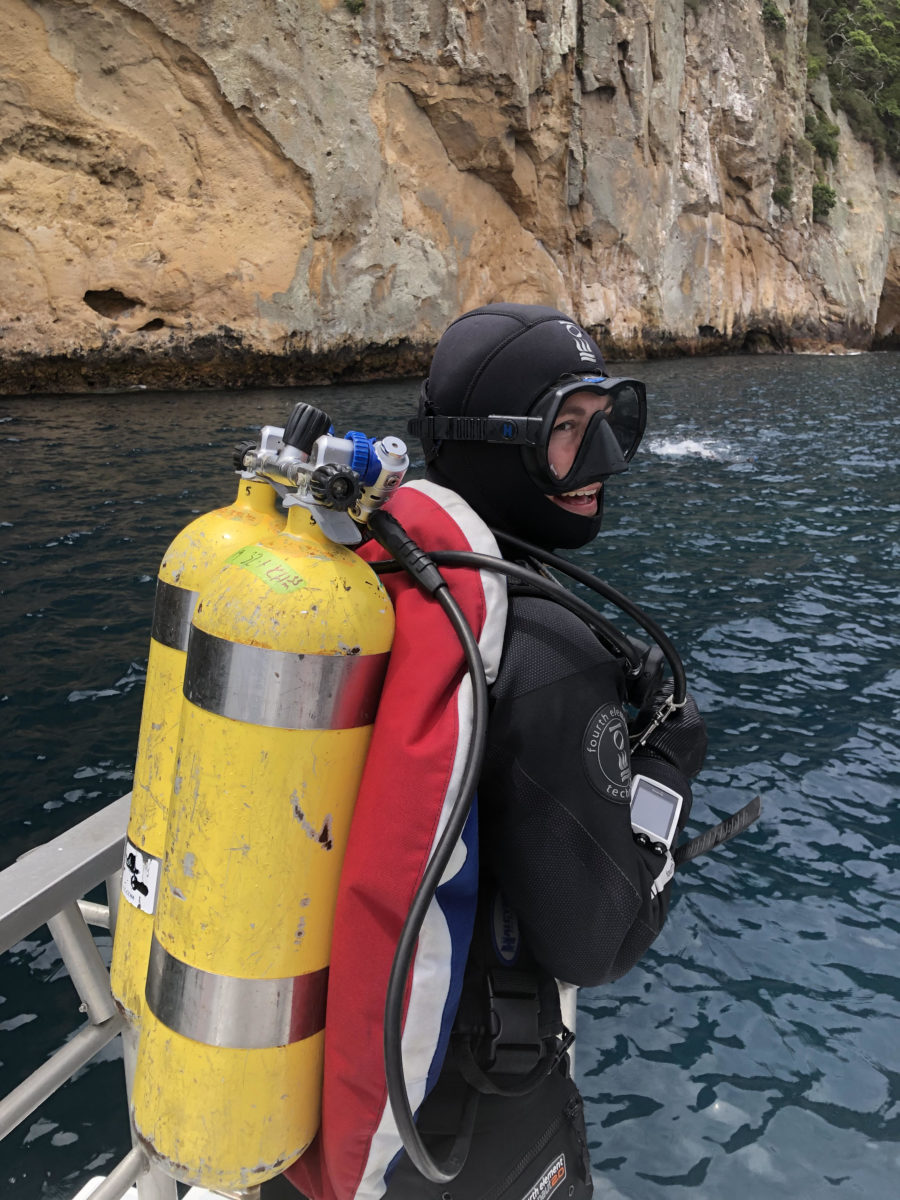
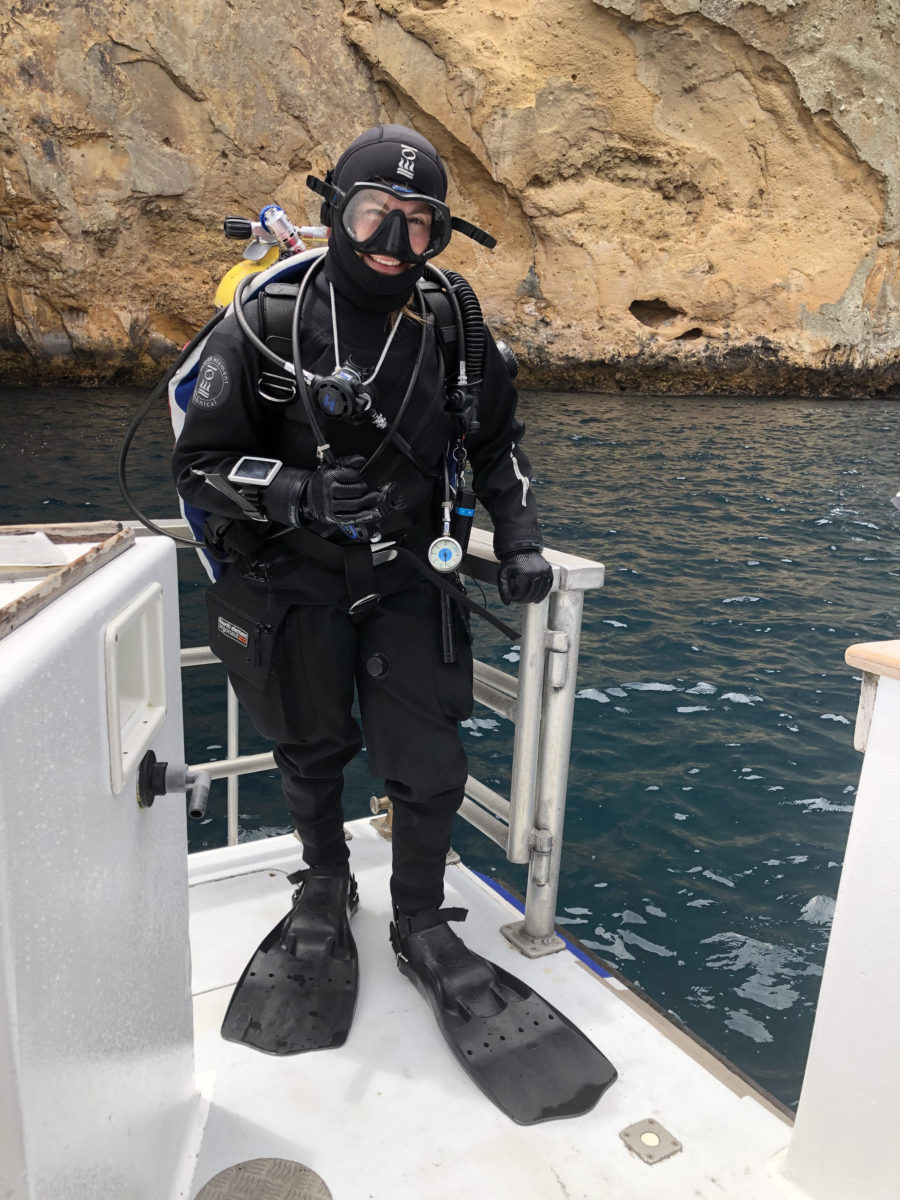
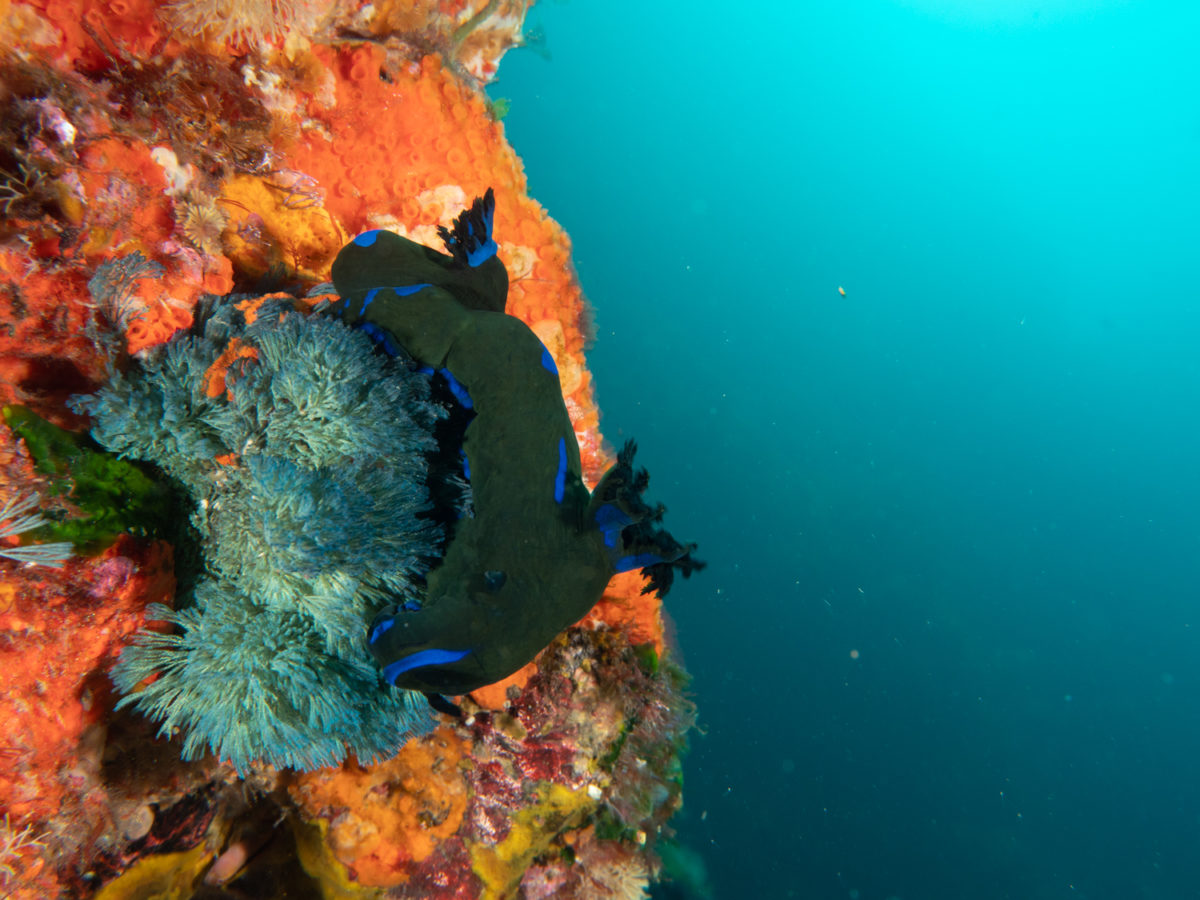
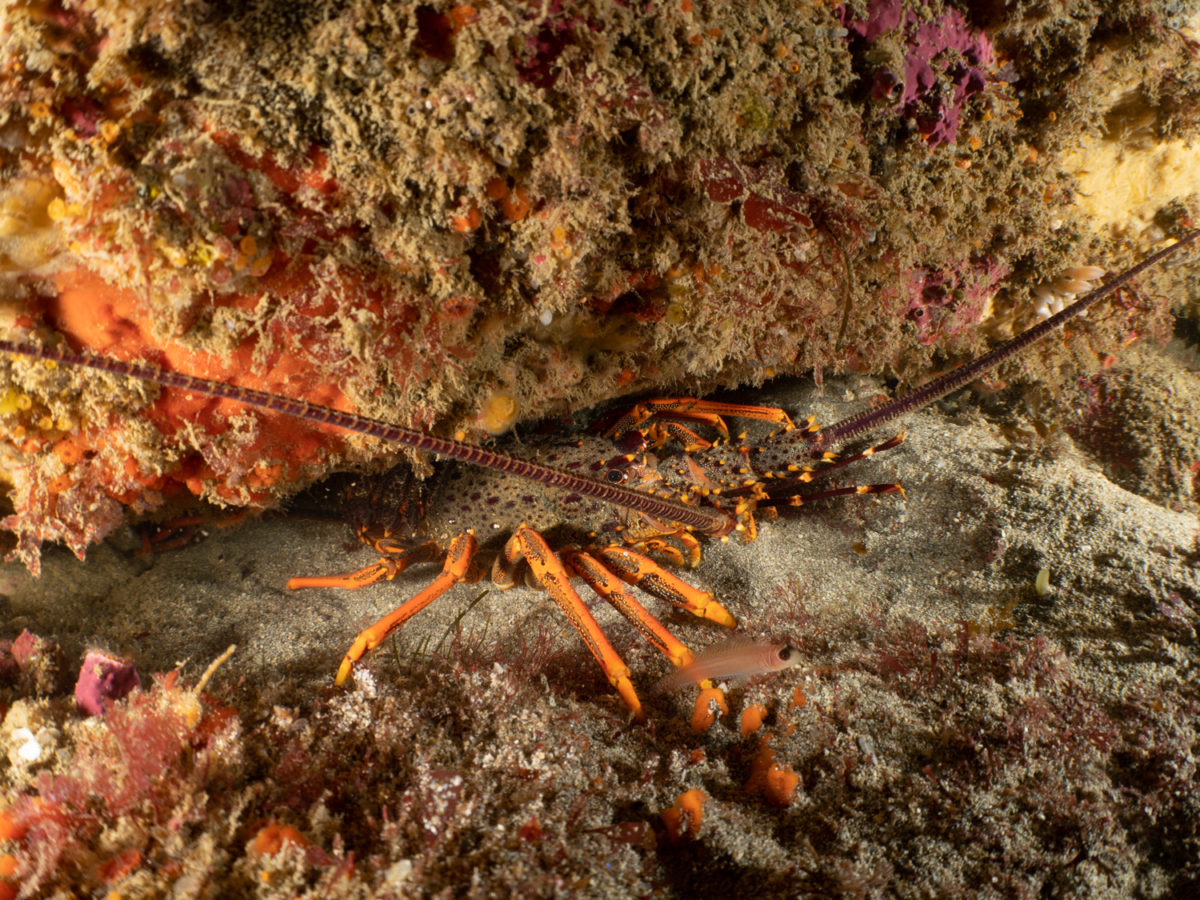
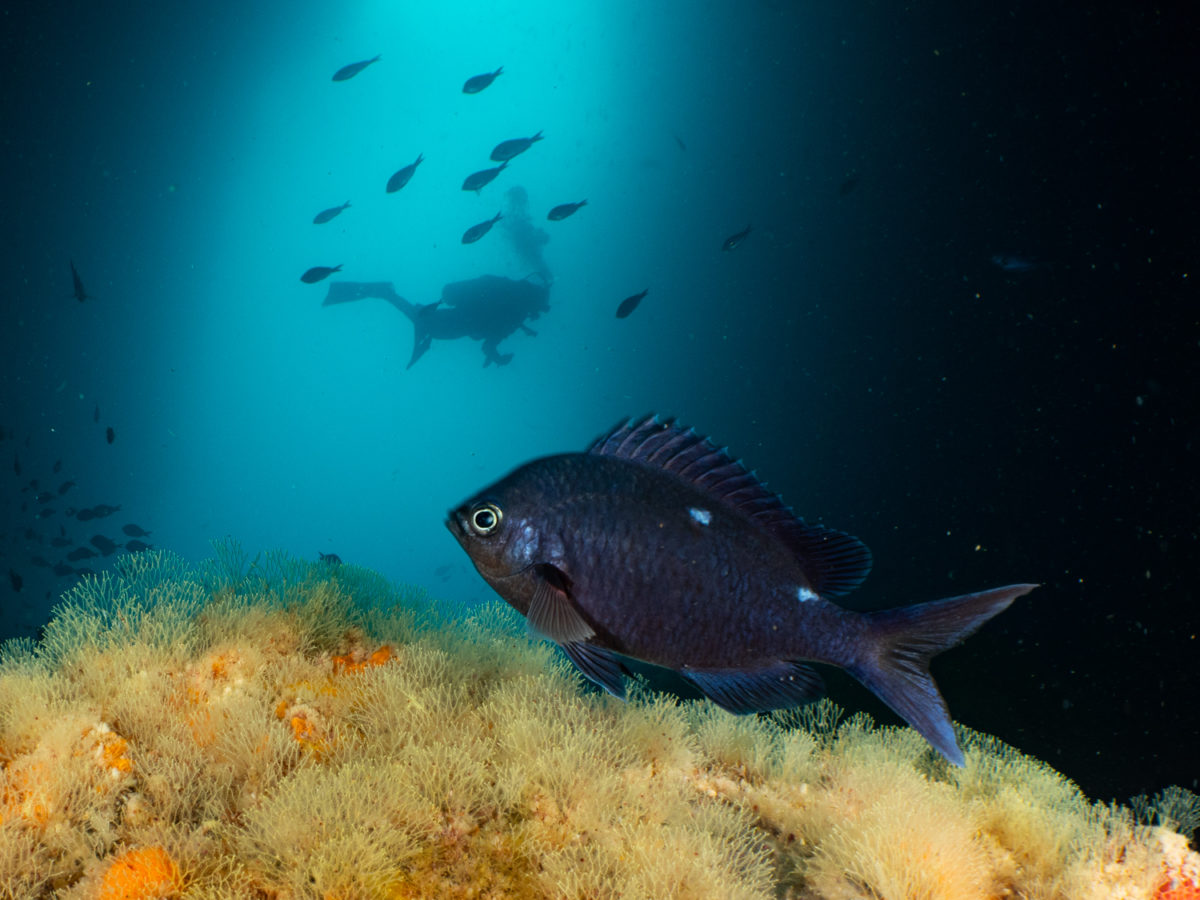
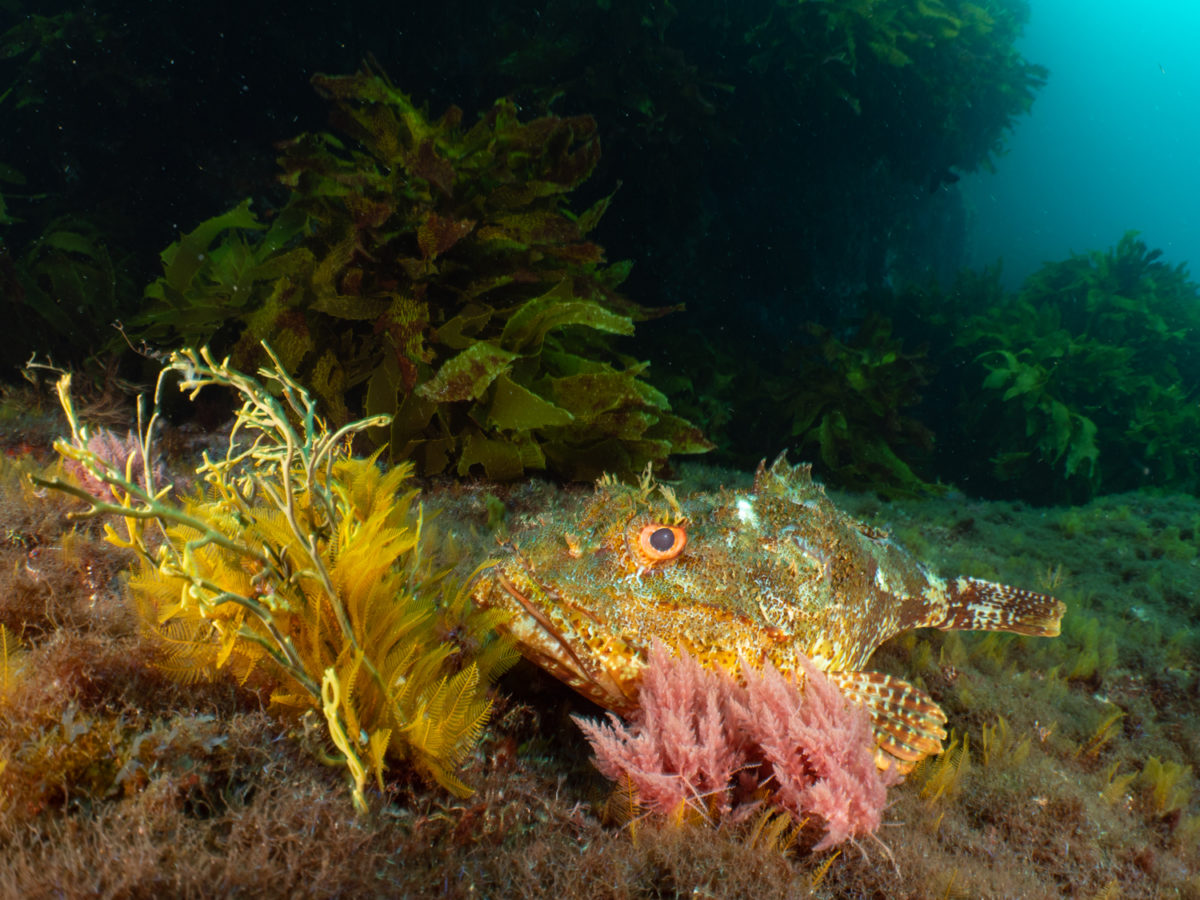

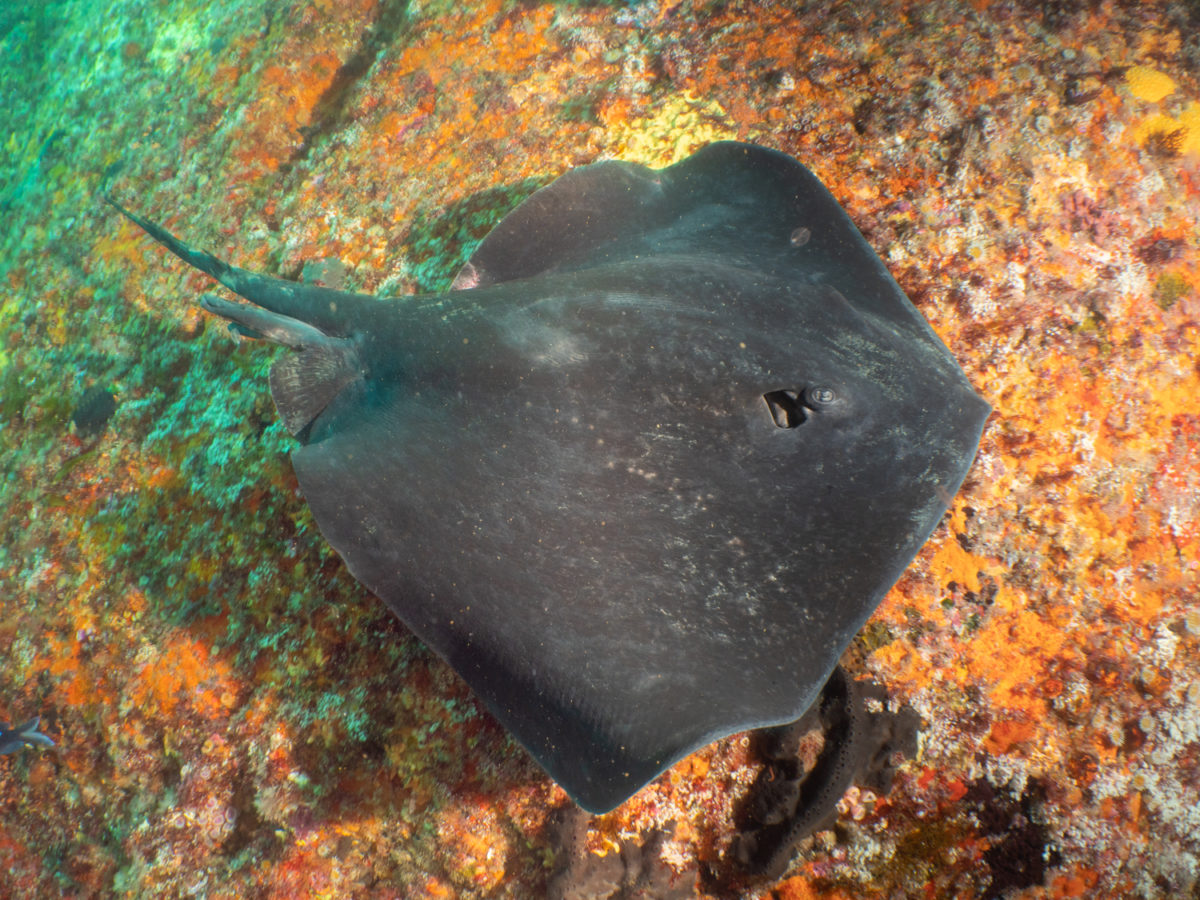
After having practised some of the drills, which I learned while my Global Underwater Explorers Fundamentals course in June 2019 with John Kendall, GUE instructor Jamie Obern then offered to reassess my skills in the pool on the last day for an “Upgrade” of my GUE Fundamentals course. Luckily, he could award the Technical Pass for me, so that there now is nothing in the way any more for further courses in Cave and Technical Diving with GUE.
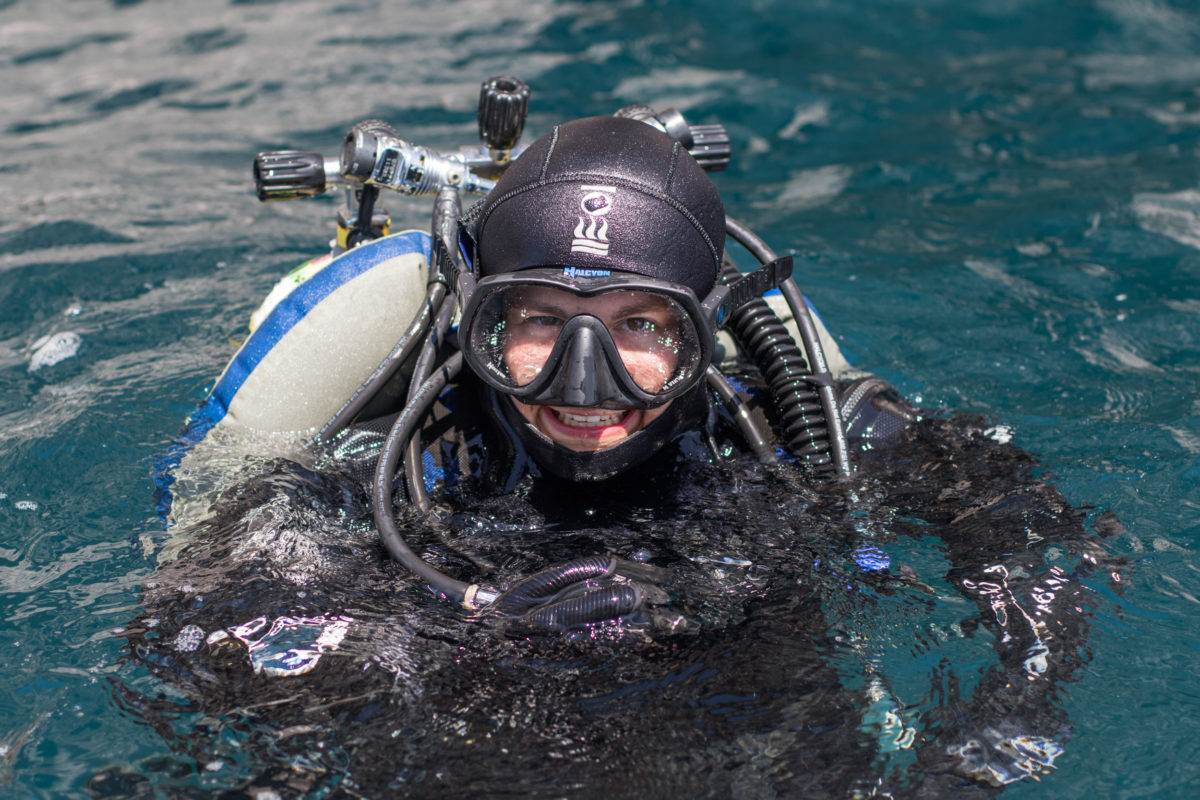
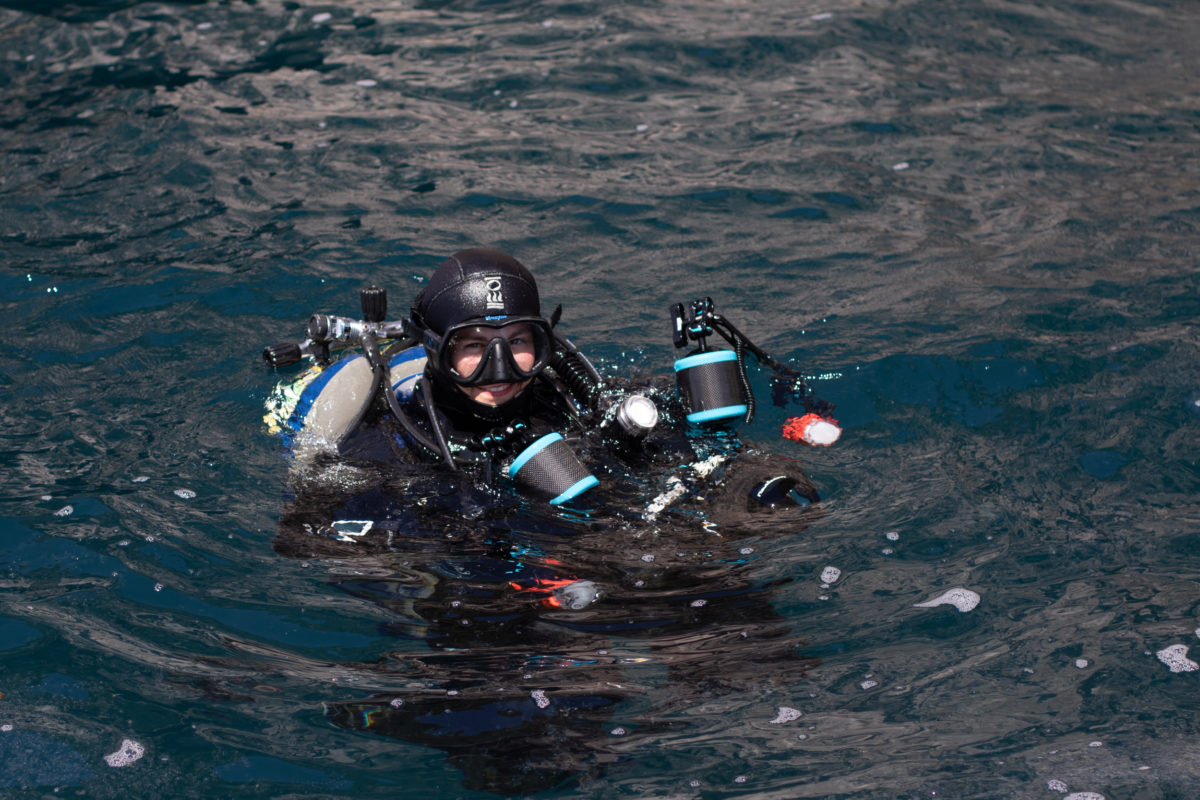
Fittingly, I also got to know the 2020 GUE NextGen Scholar, Annika Andresen, in Tutukaka, and we managed to dive together at the Mokohinau Islands and Little Barrier Island, with the Auckland University Underwater Club, as well. It was so great to meet, live and dive with you, Annika!
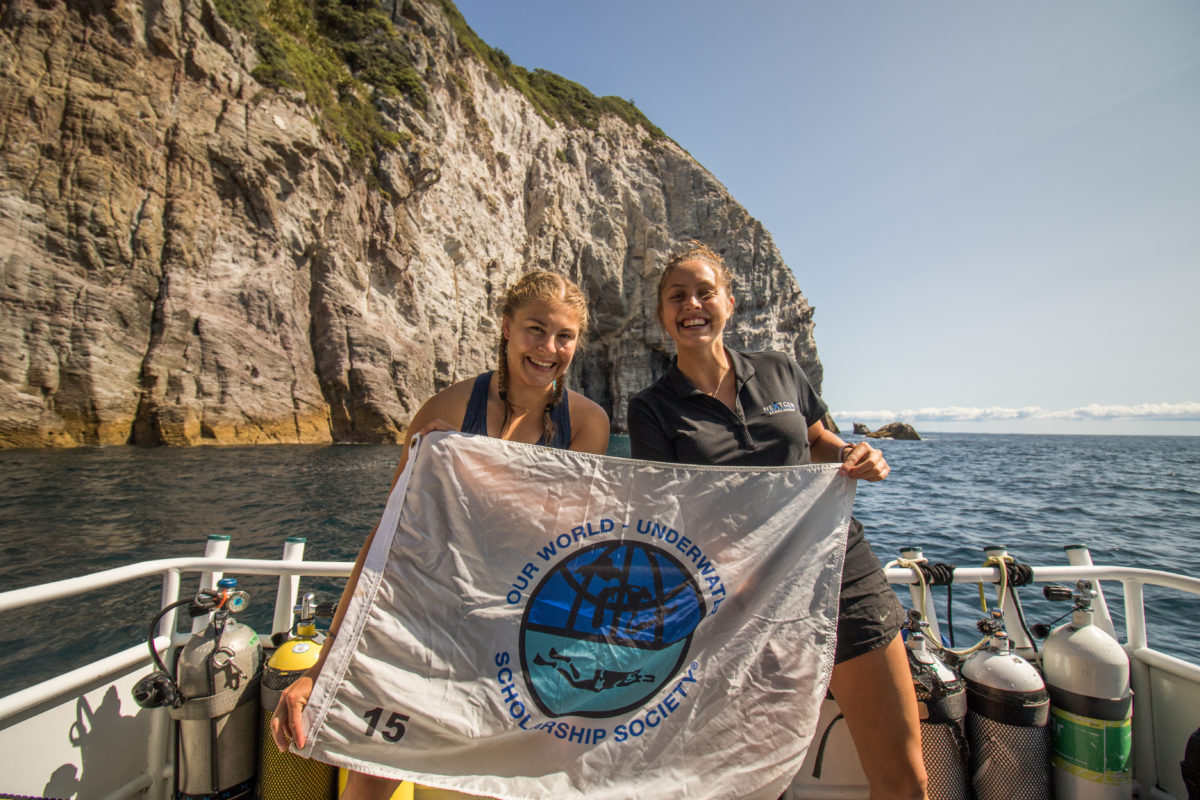
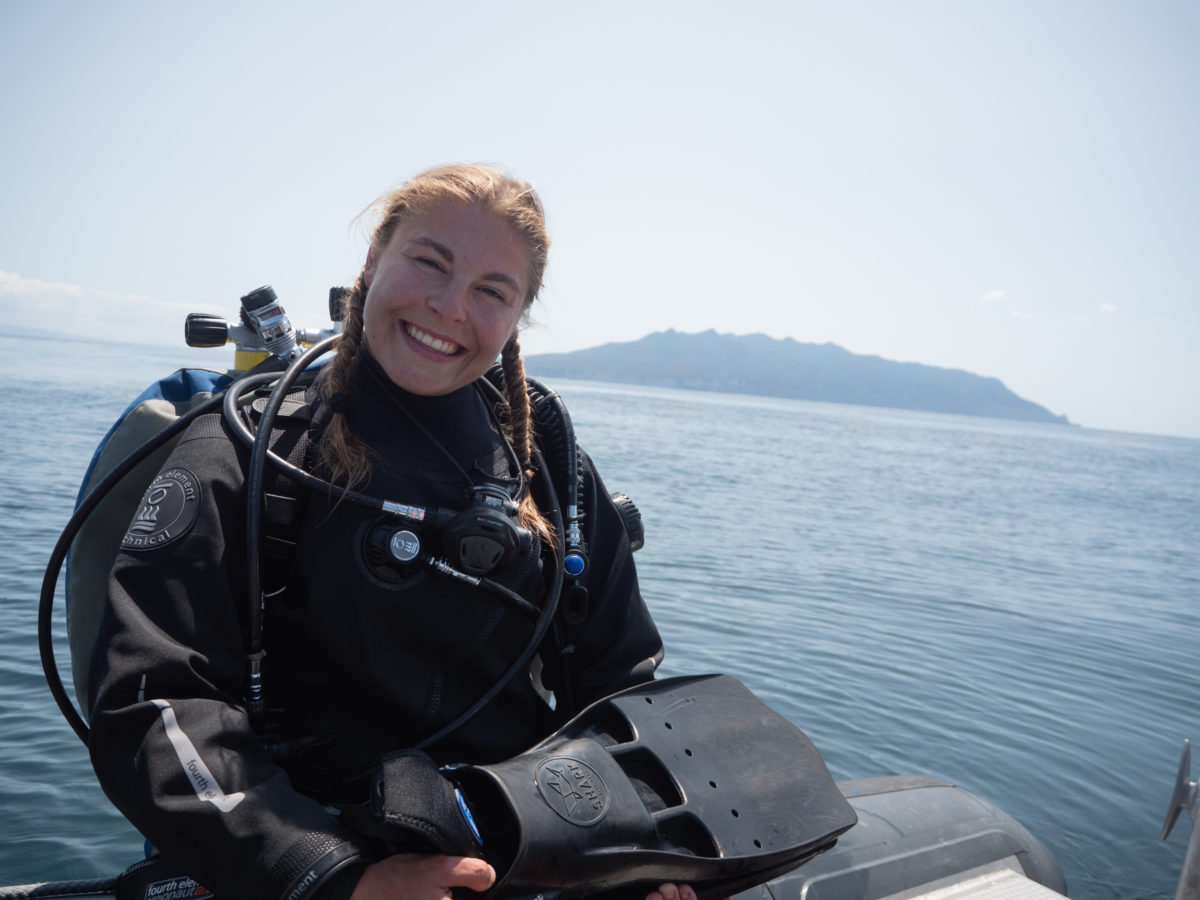
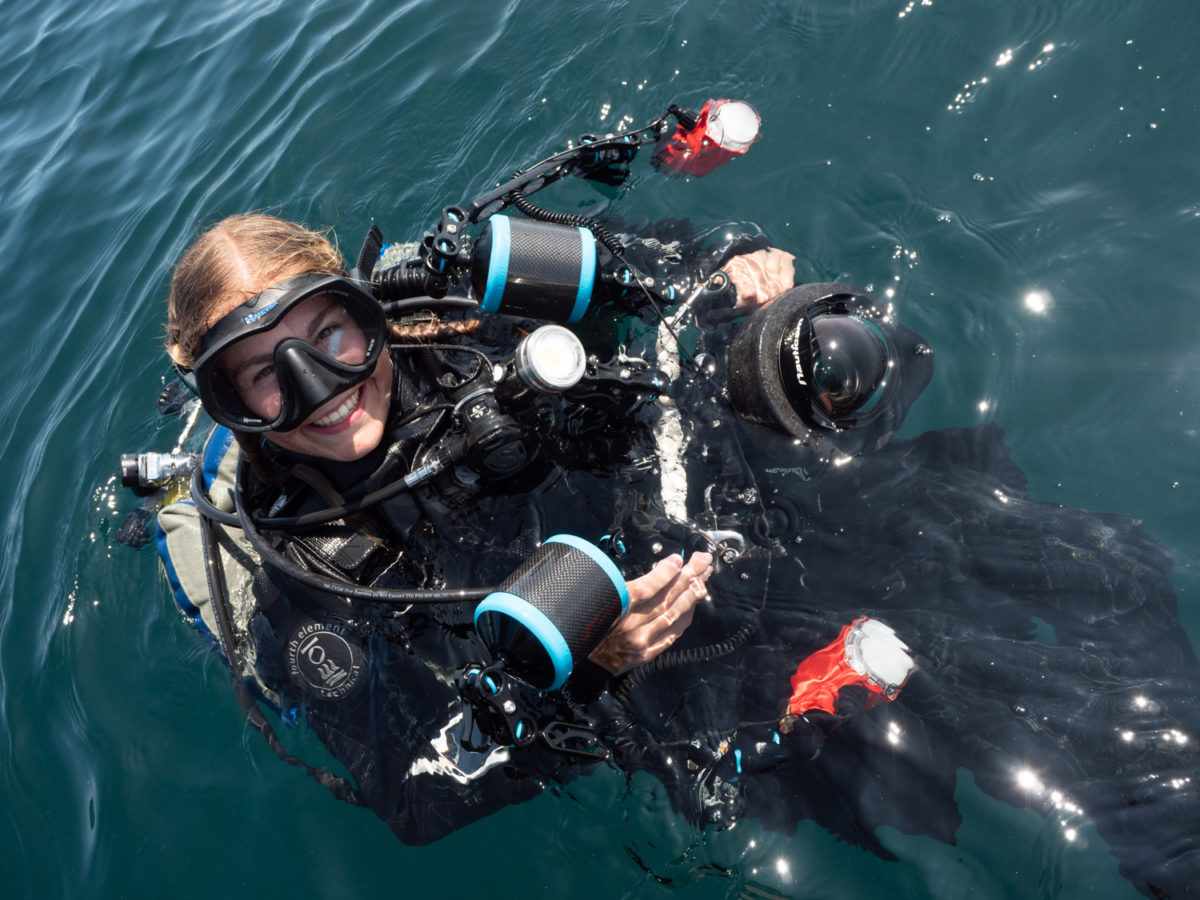
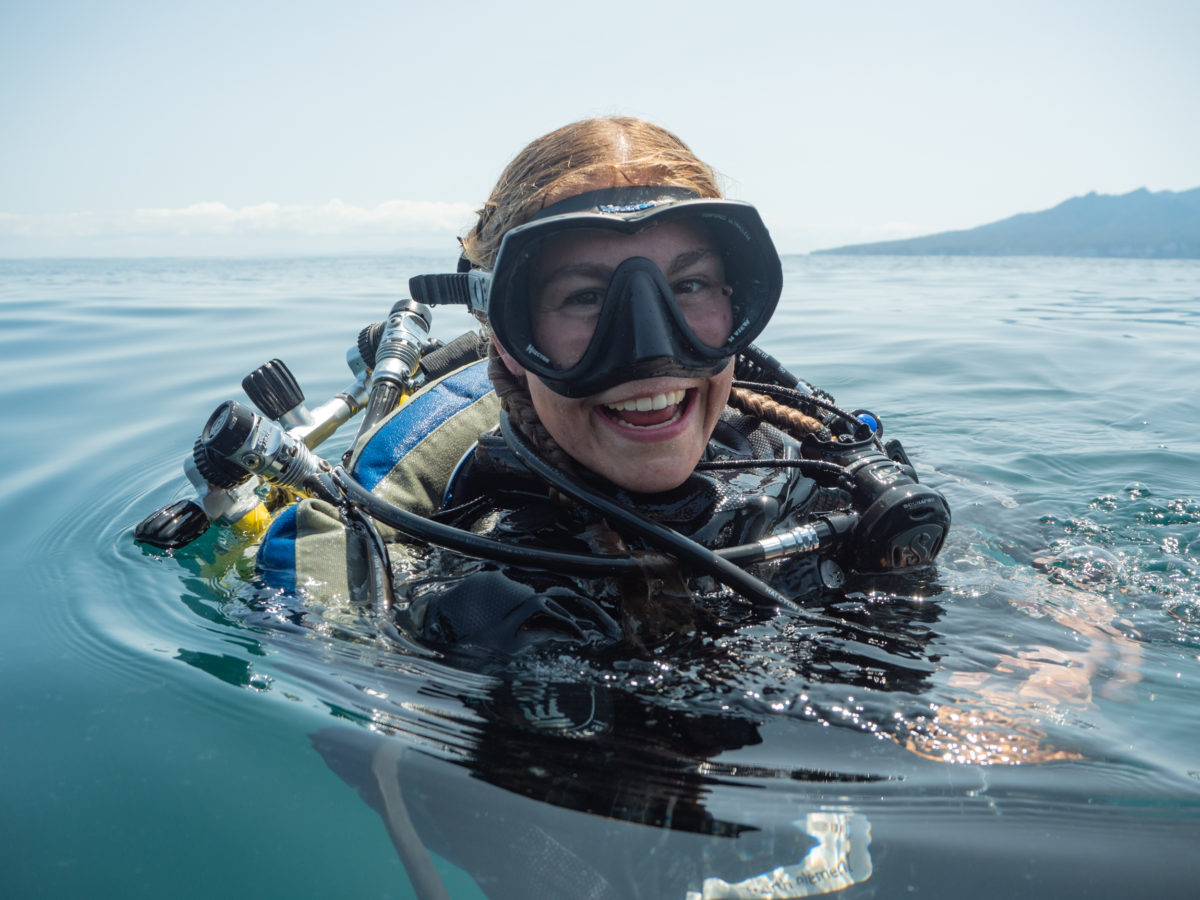
Auckland – Hyperbaric Chamber and Anaesthesia with Simon Mitchell, Sharks at Kelly Tarlton´s Aquarium
In Auckland I was able to meet with Dr. Simon Mitchell, who is a world-renowned Hyperbaric and Dive Doctor, as well as the Head of the Department of Anaesthesiology at the Auckland City Hospital, so I got to speak a lot of “Medicine” with him while accompanying 2 surgeries in which he led the Anaesthesia.
I also got to go for my first ever dive in a Hyperbaric Chamber, at the Slark Hyperbaric Unit in Devonport, with Routine patients who were treated with Hyperbaric Oxygen to help their wound healing. Dr Chris Sames taught me a lot about the physiological effects of breathing Oxygen under pressure, and how it can not only help Divers with Decompression Sickness to recover, but also Patients with badly healing wounds due to, e.g., Radiotherapy against cancer.
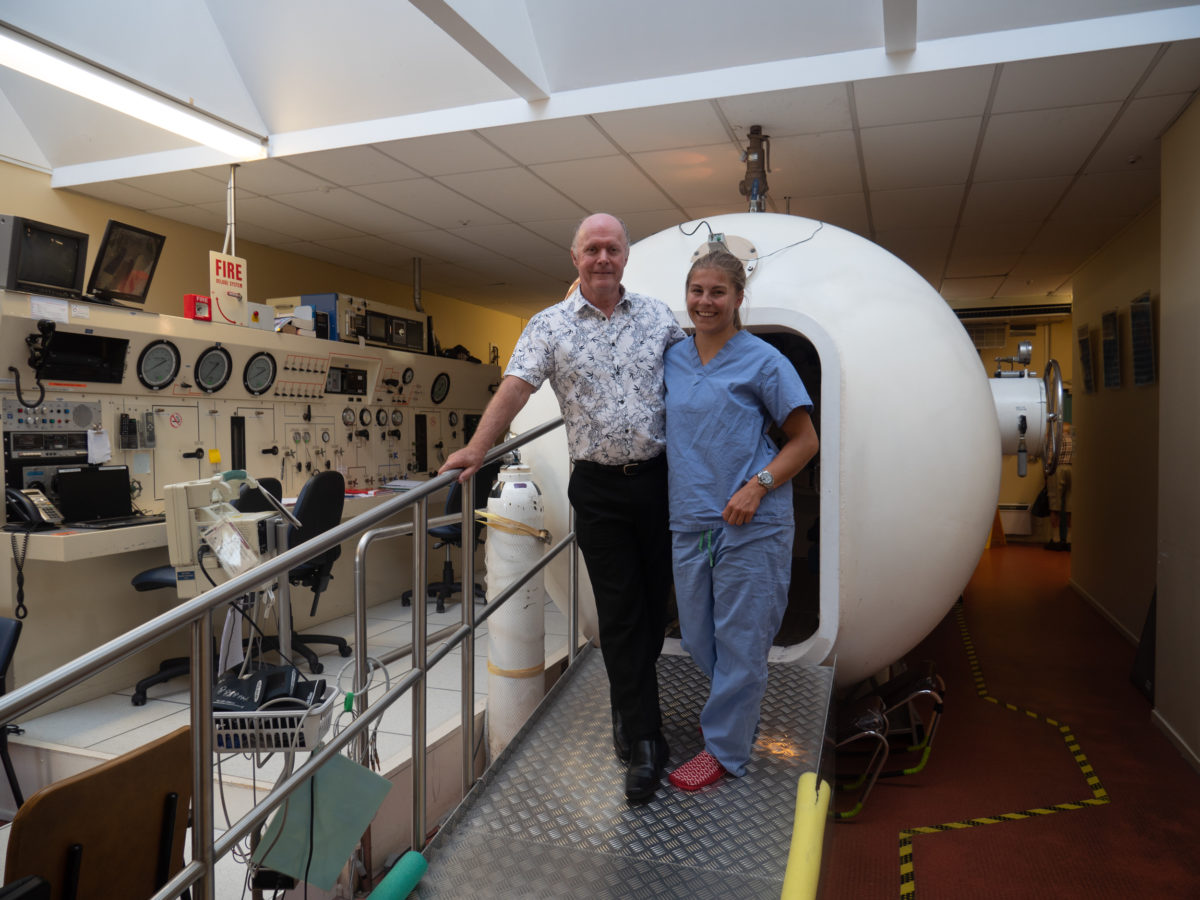
Also in Auckland, at the SeaLife Kelly Tarlton´s Aquarium, I accompanied a veterinary examination including biopsy sampling and blood draw from a Broadnose Sevengillshark, as well as got to see my first ever Shark necropsy!
Fiji´s Bullsharks with Beqa Adventure Divers
Lastly, I flew over to Fiji to dive with Beqa Adventure Divers on their world-famous Shark Dive in the Shark Reef Marine Reserve, which has been established by B.A.D. themselves, promoting both the research on and the conservation of the resident shark species, as well as the local Fijian community, by a levy which every diver has to pay with their Shark Dive.
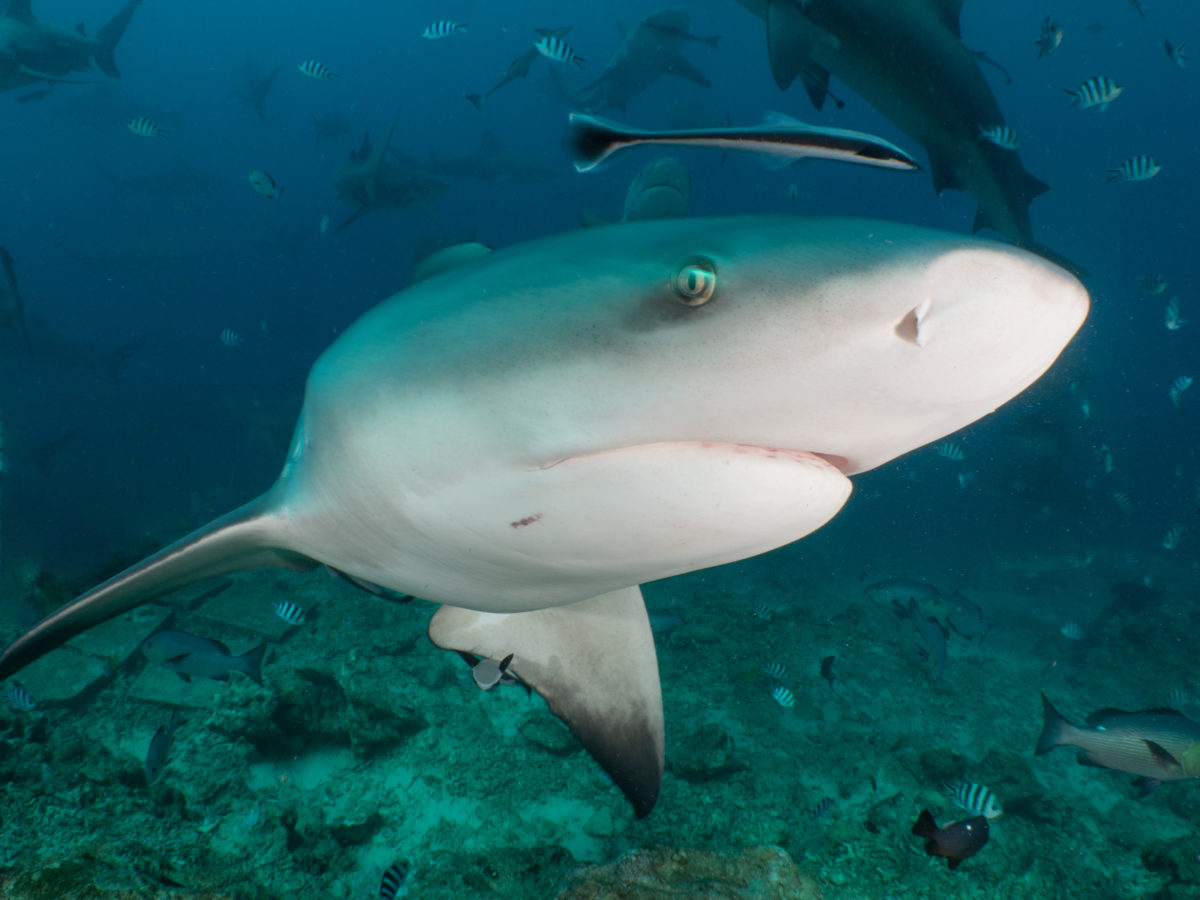
And what an incredible experience the Shark Dive was! It is hard to describe the feelings I got being up close to and encircled by 40+ Bullsharks, plus 5 other Shark species, including Grey Reef Sharks, Sicklefin Lemonsharks, Tawny Nursesharks, Black and White Tip Reef Sharks…
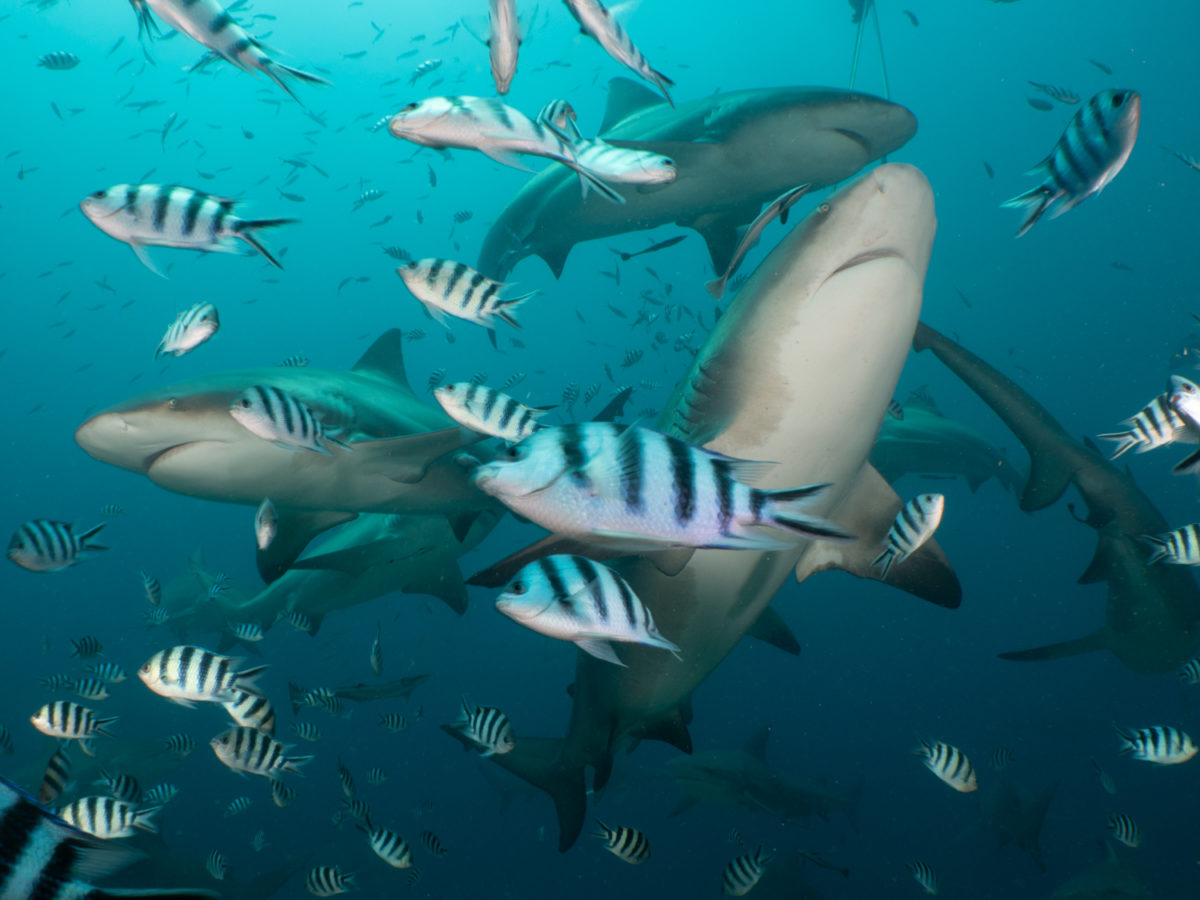
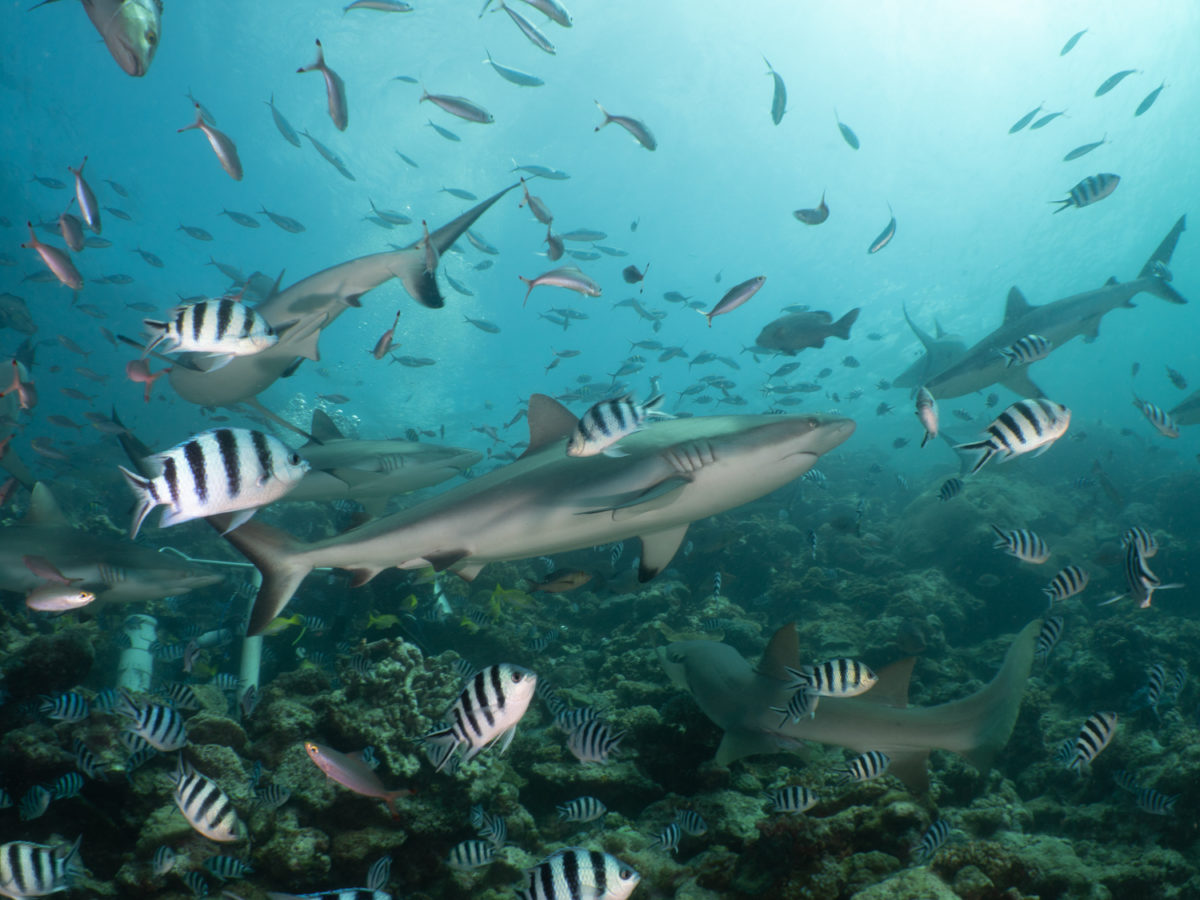
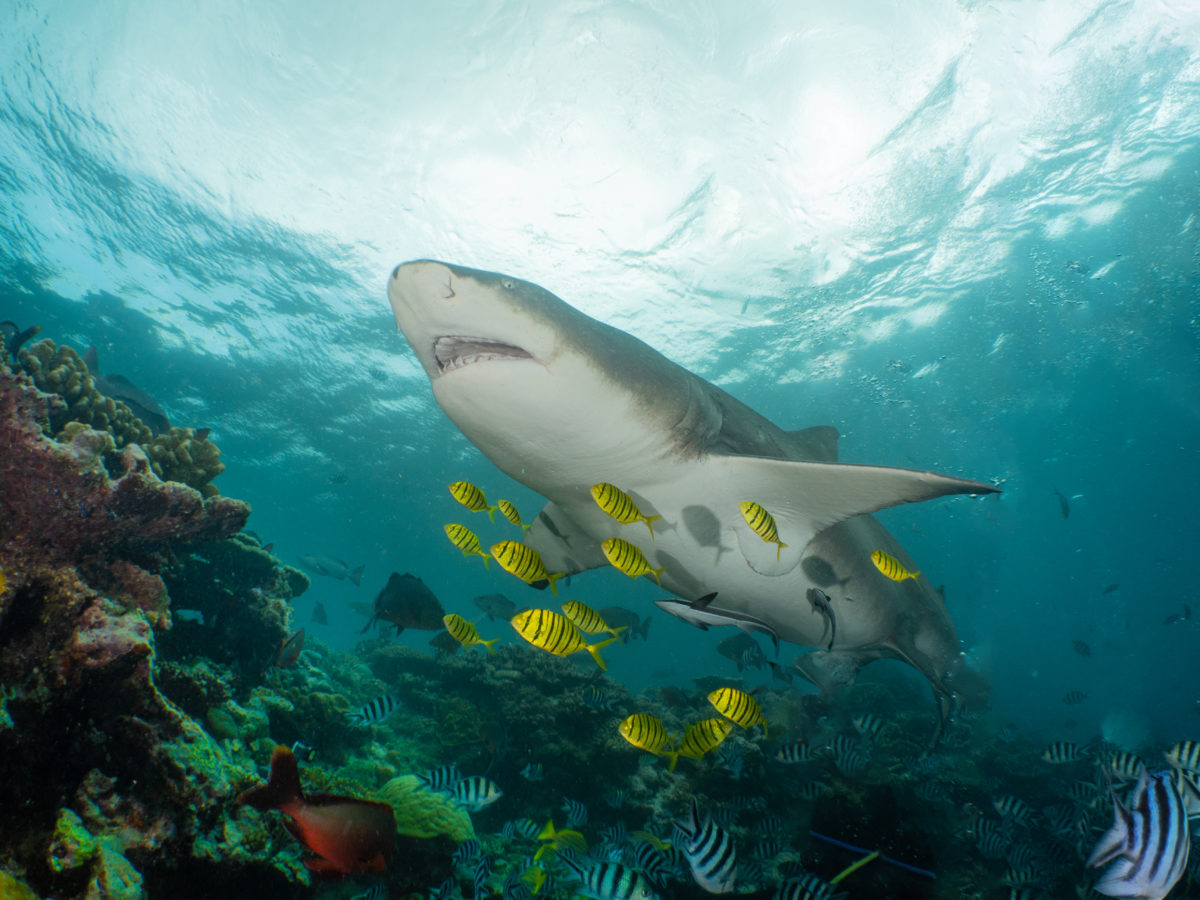
Most impressed, though, was I that the Crew of B.A.D. recognised almost every individual by name by markings on their body as well! I also learned that each shark has their very own character, which mirrors in their behaviour towards other sharks within the hierarchy, as well as towards us divers. Additionally, I was lucky enough to be with B.A.D. at the same time as their resident Researchers, Dr. Juerg Brunnschweiler, and Dr. Kerstin Glaus, who told me about the results of their research on the Fijian Bullshark population. Did you know, for example, that Bullsharks give birth in fresh water environment, more exactly rivers, which is where the juveniles supposedly spent the first 2-3 years of their lives? Through catching and tagging of juvenile bullsharks, and followingly the signal reception of receivers at the river mouths, the movements of the juveniles could be tracked, and will be tracked for the coming years.
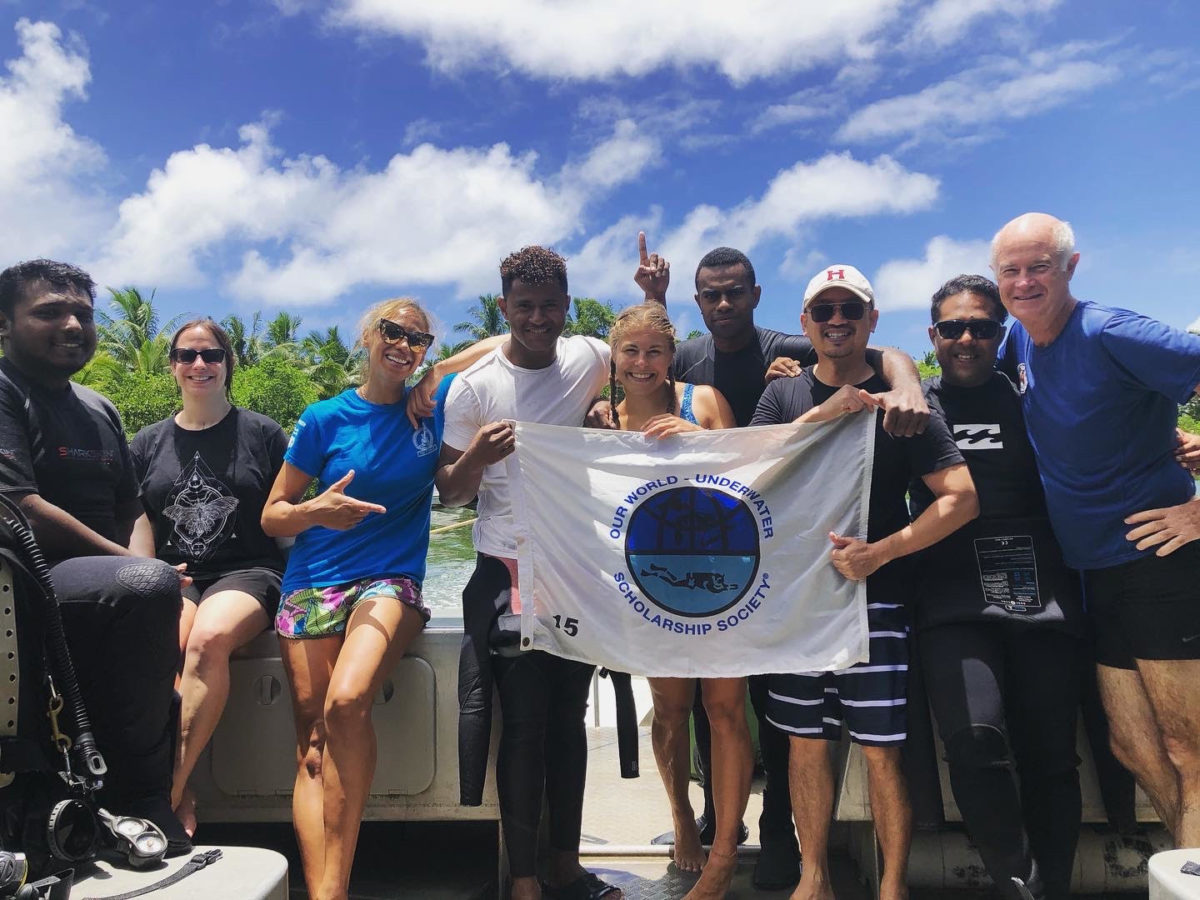
Last, but not least, I would like to thank the amazing Dive Gear sponsors so much, who have enabled to get in so much amazing diving in January this year! Thank you, Fourth Element, Halcyon, Reel Diving, Suunto, Reef Photo and Video, Light and Motion, Nauticam and Paralenz.
Also, thank you so much once more to all the great hosts who have had me this month and who I was able to learn so much from, Rodney Fox Shark Exeditions, Beqa Adventure Divers, Dive Zone Whitianga, Techdive NZ and Dive! Tutukaka, and, of course, a huge Thank You to Rolex and The Our World-Underwater Scholarship Society for having made all this possible for me!